Exploded Stories
Teaching Archive from MA Information Experience Design, Royal College of Art
Dylan Yamada-Rice
Exploded Stories explores the multiple ways in which stories form the backbone of communication practices, including scripts, films, political protests, graphic narratives, play and more. MA Information Experience Design students were taught about using different modes of communication, media and materials individually and collectively to create and tell stories through representation, illusion and unlikely connections. They explored this in relation to a story, fiction or factual, of their choices to build in-depth knowledge of the narrative in their own work.
Each week students focused on narrative design in relation to the work of one medium or topic (see indicative examples below). Students were given a short presentation of strong examples from the field, along with key theories and research methods used. This was followed by a practical exercise to explore. Between each week students were given a rapid-fire brief to help inform the development of a narrative on their chosen topic. Finally, students attended field trips to explore multimodal amd multisensory narratives.
Each student was required to document their work each week and take part in an exhibition at the end of the unit of study. Examples of past student work are shown below.
Workshops
Introduction to Narrative
This session outlined the importance of narrative design and the wide range of practices to which storytelling is a crucial element. A practical element focused on considering how the narrative in students personal work is altered by character, view point and visual medium. This was initiated through and introduction to the text 99 Ways to Tell a Story.
Brief: Split your story into five key stages then explore altering the following and documenting the impact it has on your narrative design:
• change the panel template, alter size, shape etc.
• point of view, i.e from first person to second person or to bring in the view point of a non-human aspects of your narrative
• forgery- draw in the style of a well known artist
• genre
• set yourself some constraints and redraw, i.e. add in exotic animals, remove any clothing, draw no objects, draw everything in ultra close up.
Explore changing the five stages in this way or by altering the materials and media youuse to represent the stages.
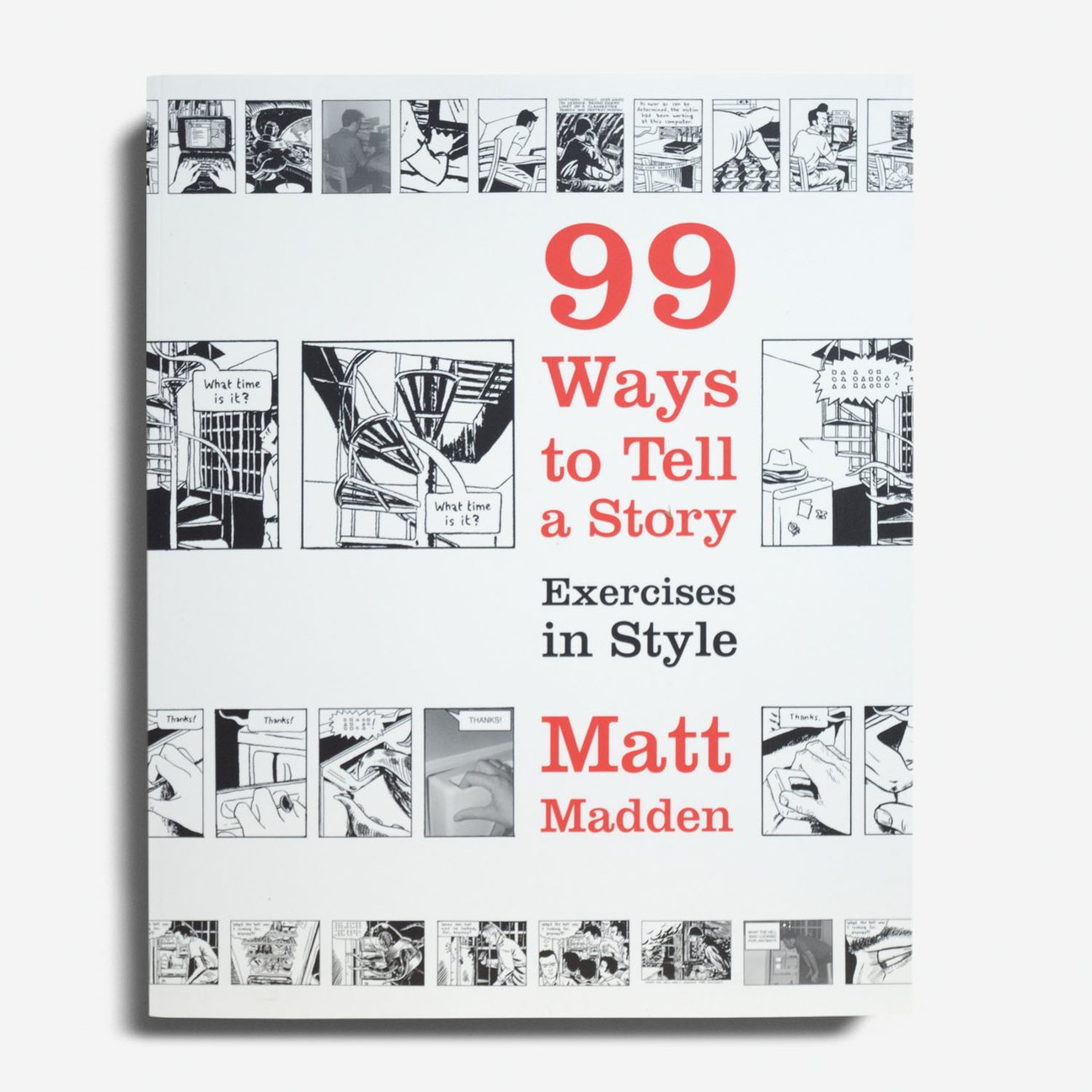
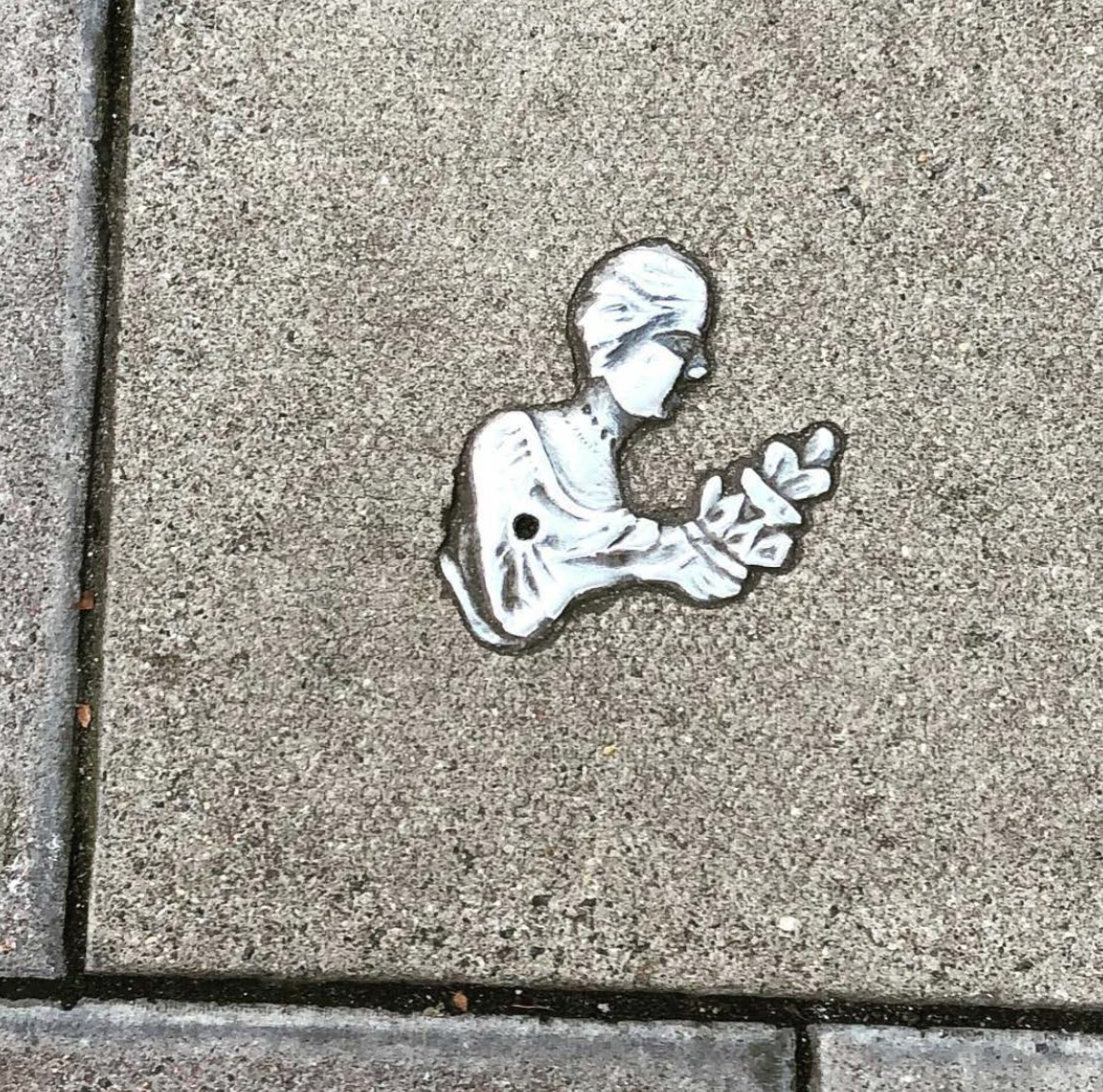
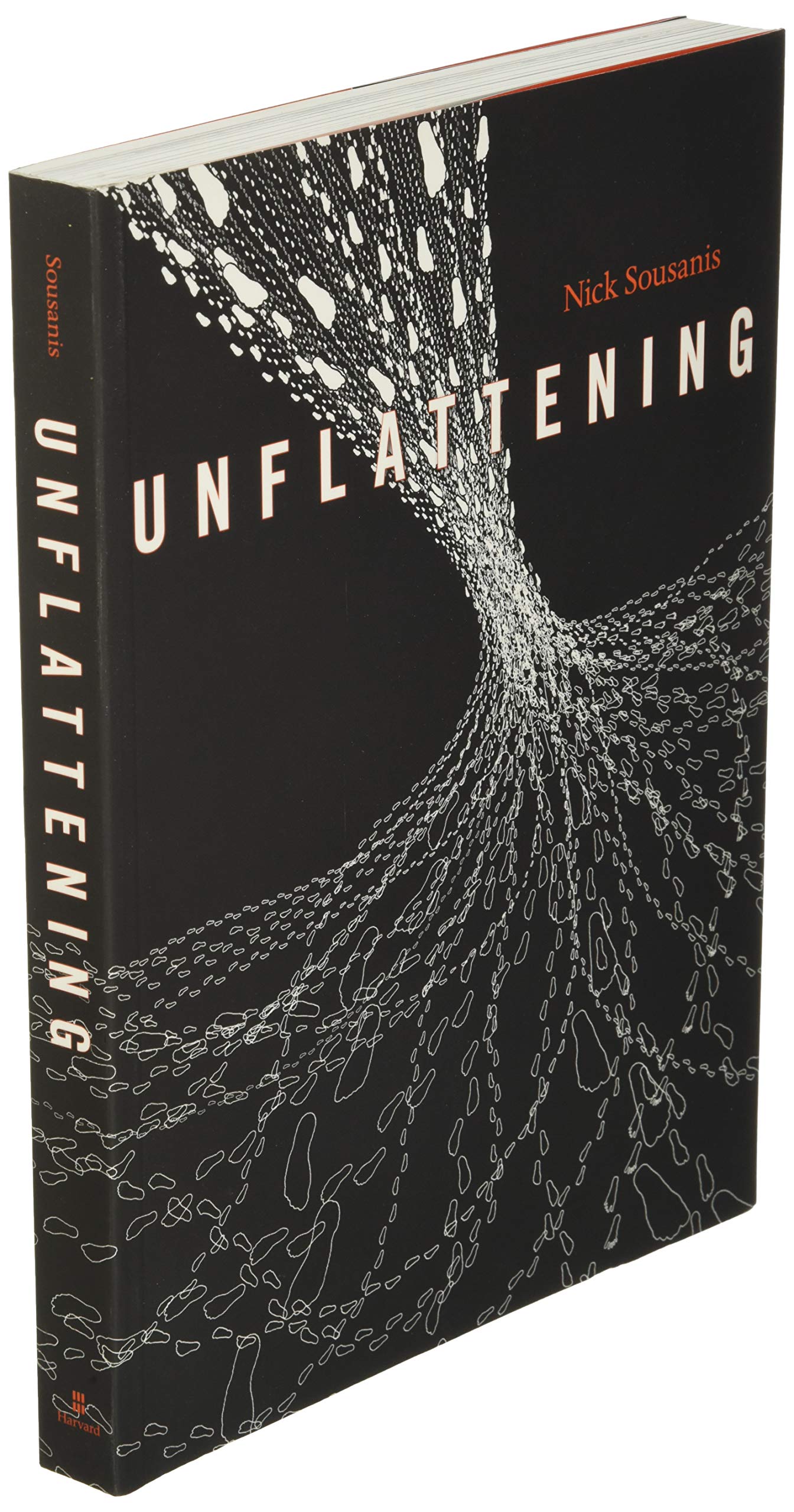


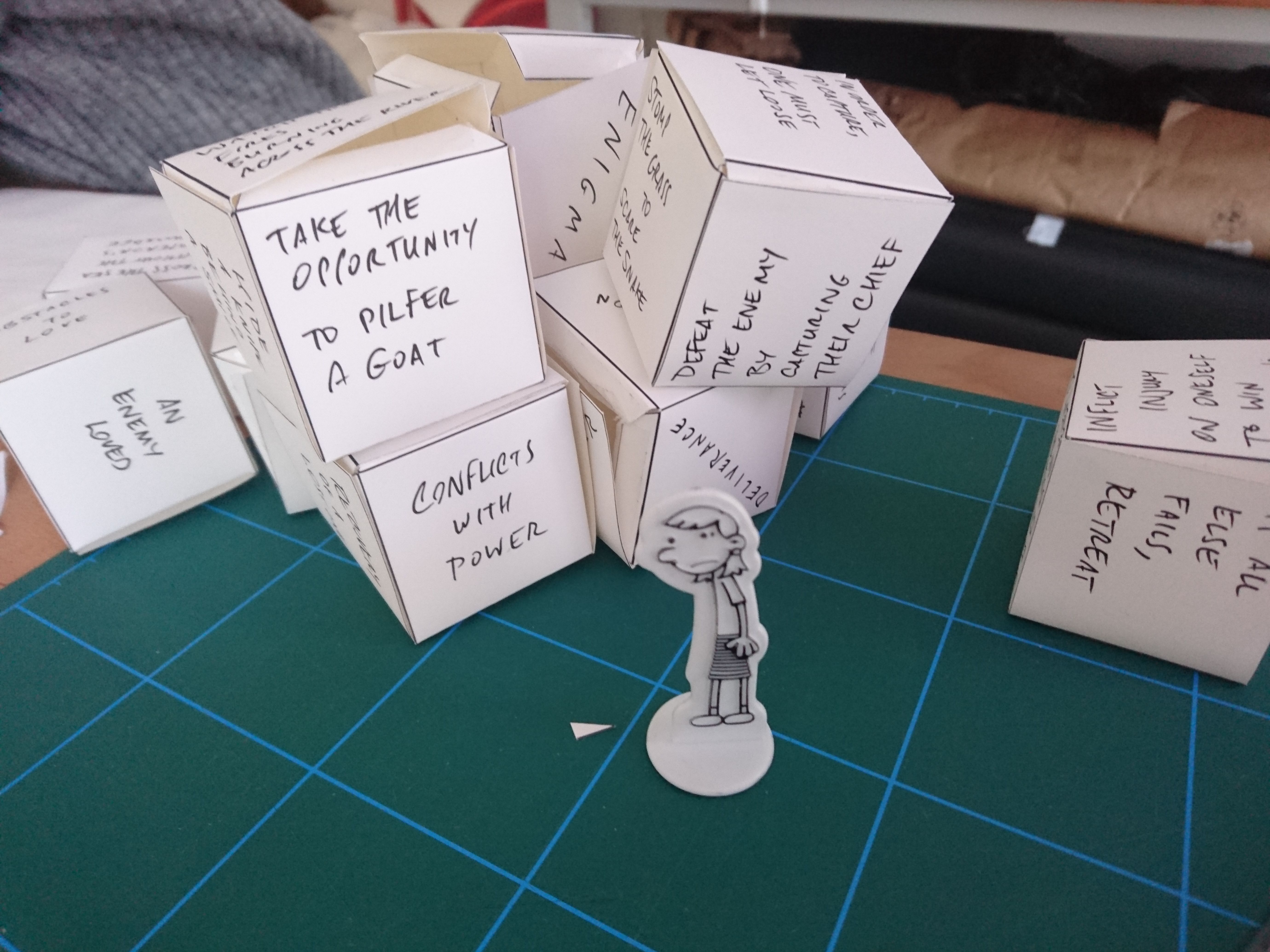
Graphic Narratives
This session presented an overview of the history of indie comics in the West from Robert Crumb and Daniel Clowes to DIY comics such as the Diaries of Miss Tassles and zines. This history was juxtaposed
with examples from Japanese comic history. Examples were also shared of comics that have included sounds, smells, and 3D set design. Students were introduced to comic theory and Scott McCloud’s categories about the different way graphic novels can be structured and how these relate to culture.
BRIEF: Apply as many of McCloud'c categories for structuring movement in graphic narratives to your work as interest you. You can apply these even if you are not using drawing. Observe how your narrative changes depending on whether you progress it by ‘moment-to-moment’, ‘action-to-action or ‘subject-to-subject’ etc.



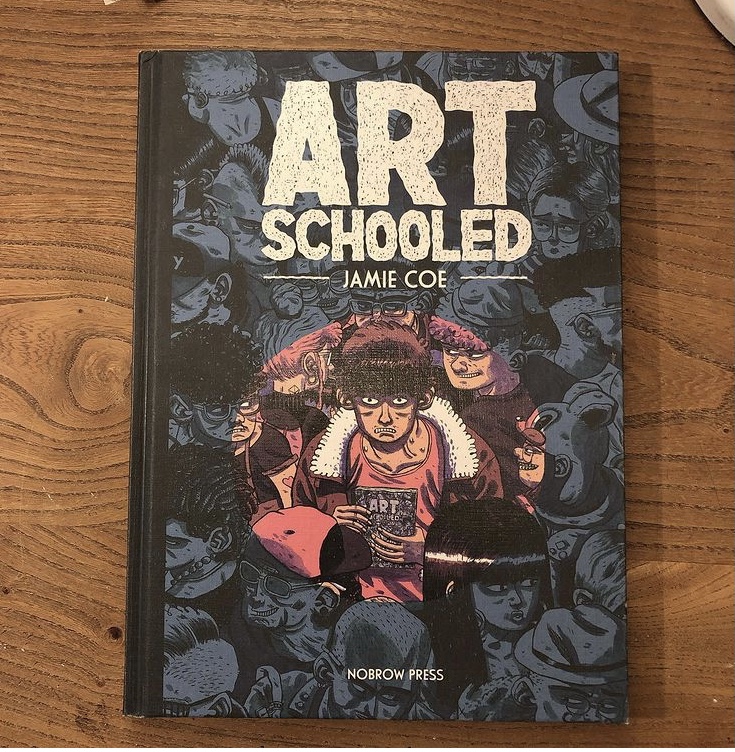



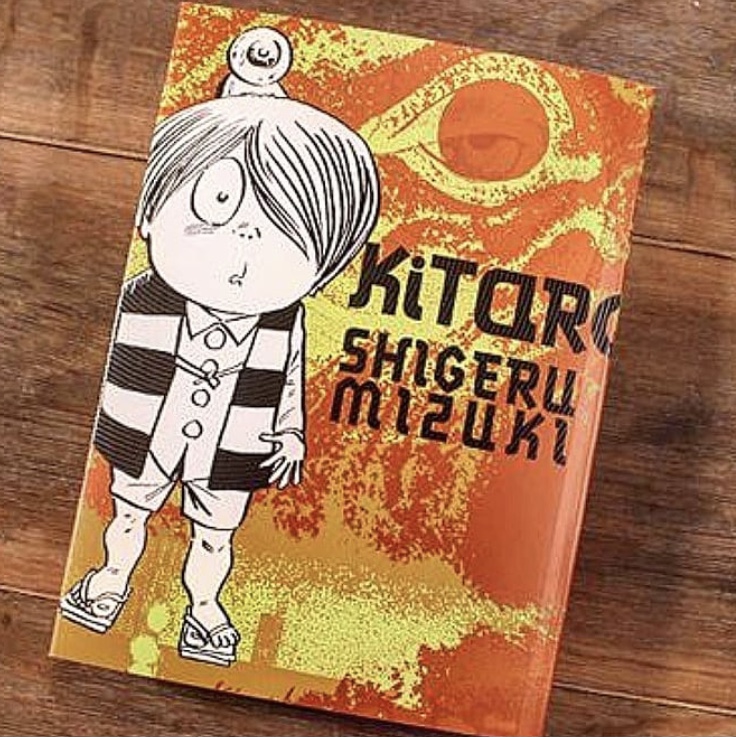
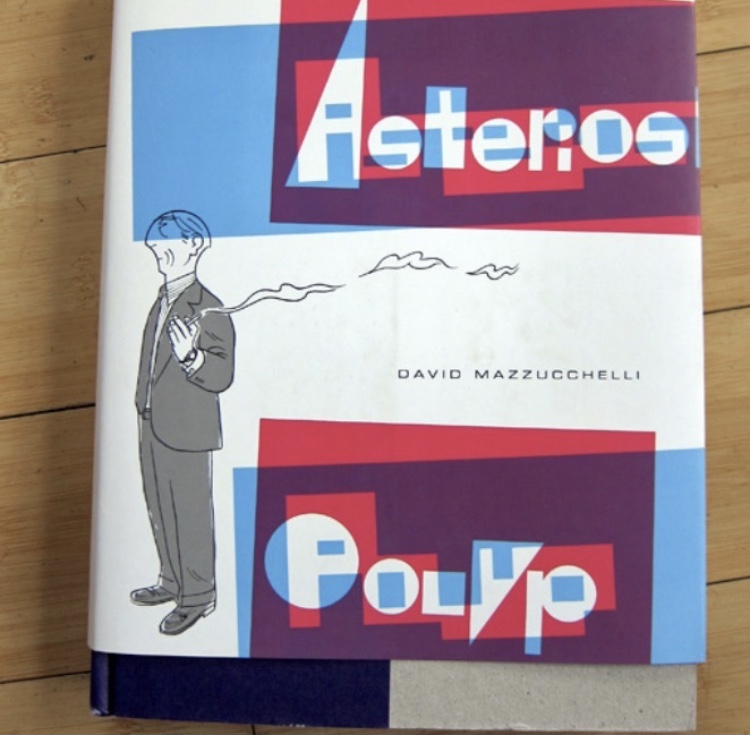
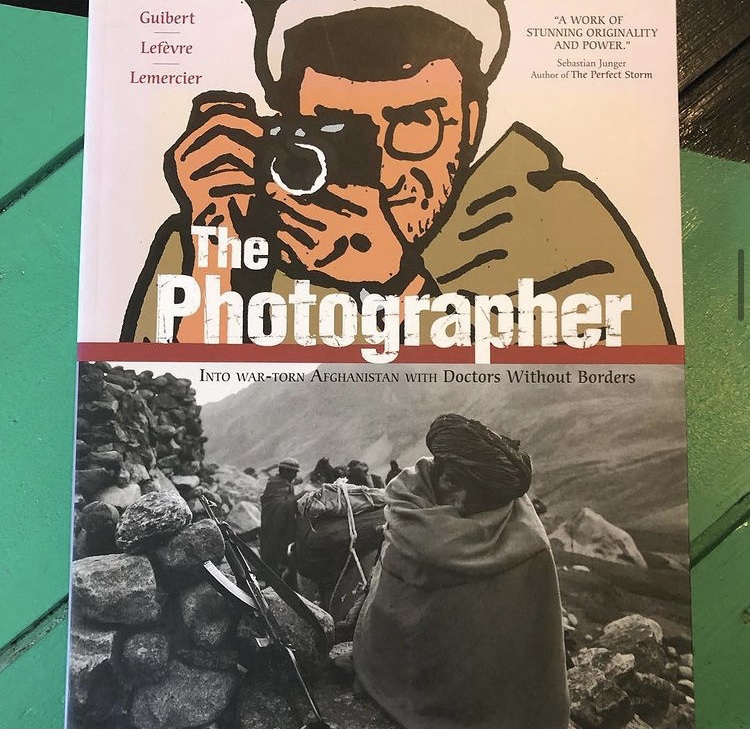

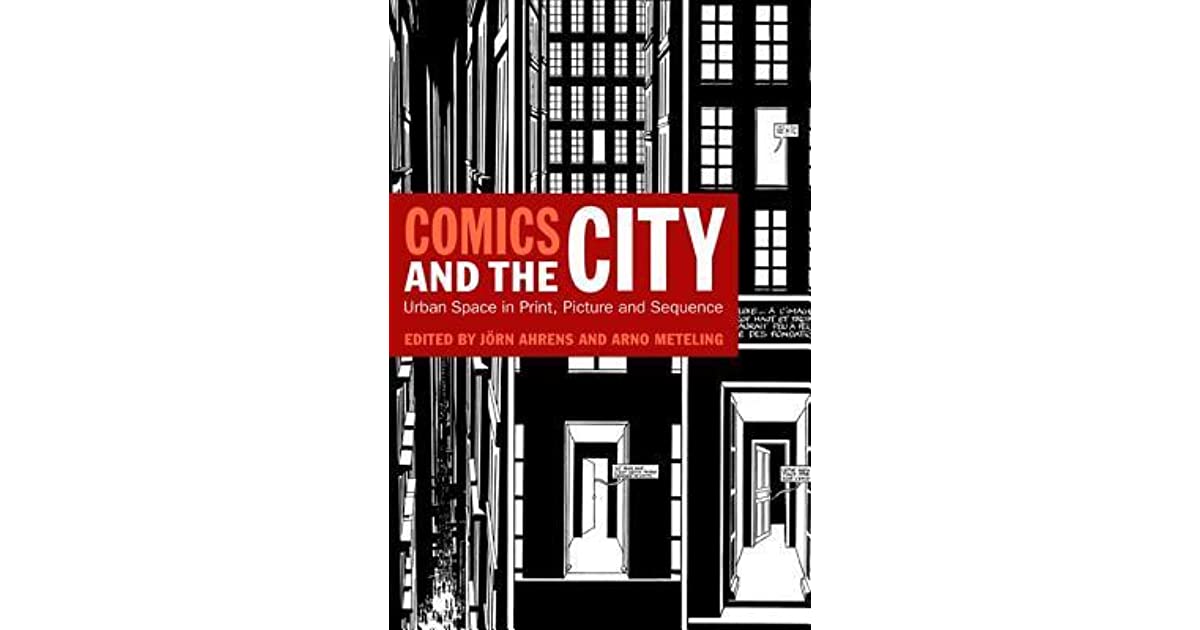
Material Narratives
This session explored how multimodal theory can produce narratives that engage an audience through a variety of sensory perception and materials.
BRIEF: During the exhibition (in our case one of the below) please choose at least one exhibit to document.When you document it make a note of the materials used and what you think these materials 'afford' (i.e.what is it possible to do with them) in relation to the overall narrative of the exhibit. What would happen to the narrative if each material was replaced by another? Think of concrete ideas and sketch it out. Choose at least one other exhibit and document the modes used (i.e. still image, moving image, sound, architecture, space, gesture, movement etc). Which part of the narrative is told in each mode. Try to isolate your experience of each mode and see what you discover. Are there any modes that could be removed from each exhibit or foregrounded more?
BRIEF 2: Bring an object, imaginary or fictional, that has witnessed part of your story. Prepare a witness statement in whatever form or medium you see appropriate.



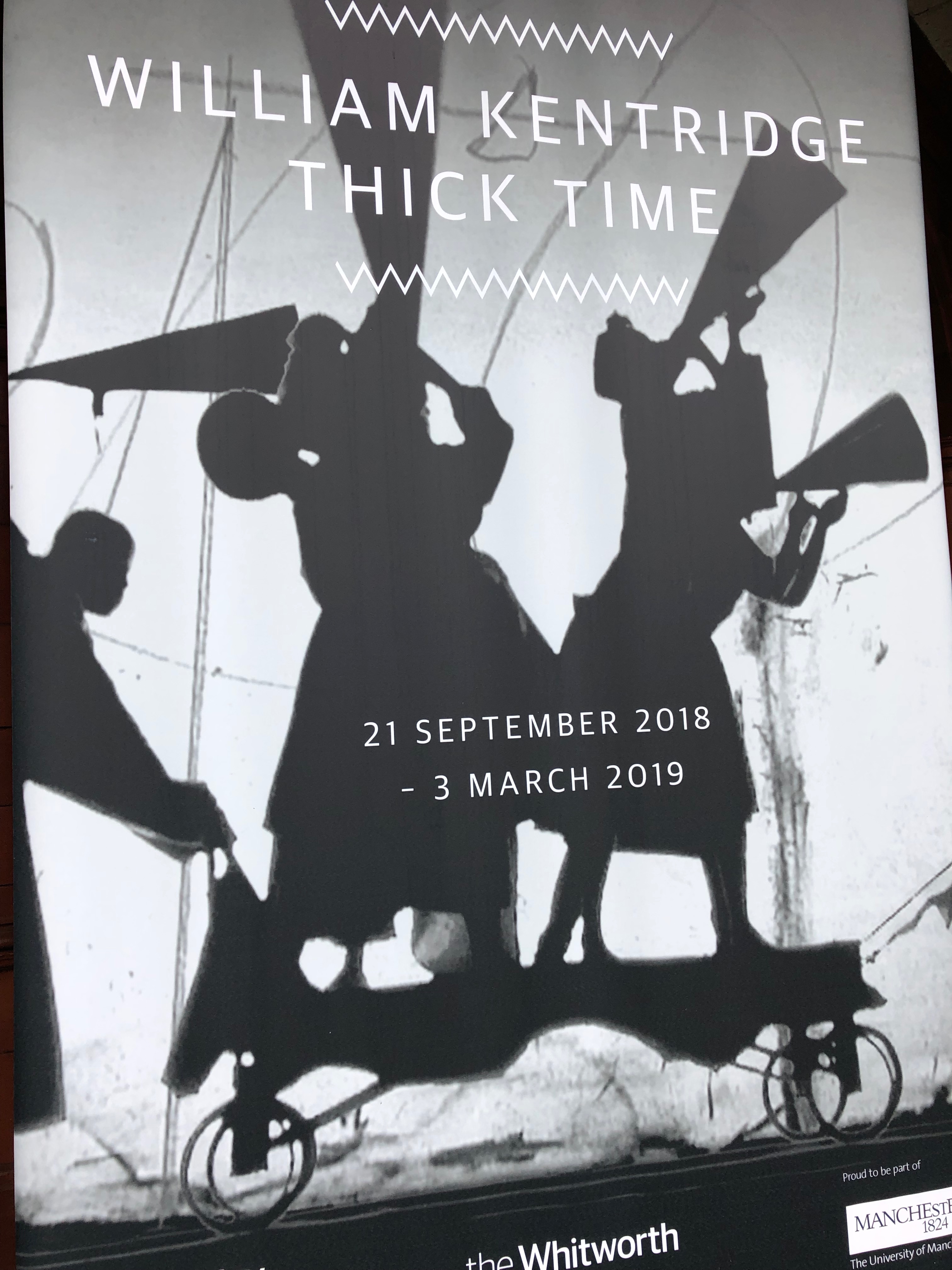
GUEST TALK: Shona Heath, 2020
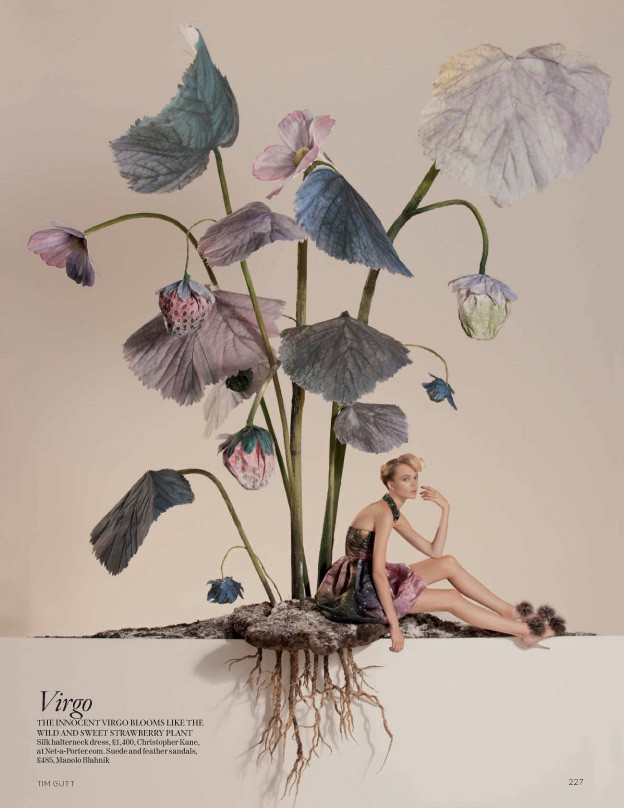
“Each material and each wall included in set design should be interesting in its own right, not just when art is added to the wall etc.”
Here we explored narratives in play and how to make stories playable. We split this into two sessions, physical and digital play. We explored how research can inform the design of play narratives which also included gaming mechanics. Students were also introduced to how to use a design summit format to establish their audience and core features that are essential to their work. As well as, how to involve key stakeholders in this process if desired.
This session will look at narratives in play and how they differ depending on changes in technology and the medium used for dissemination. It will draw on examples from board games to early and modern videogames. It will show how changes to narratives presented in play also mirror wider social and cultural narratives that have influenced a whole range of other materials that sit alongside these playful stories, such as interior design and beyond. Finally, we explored how VR requires new types of narrative to be written.
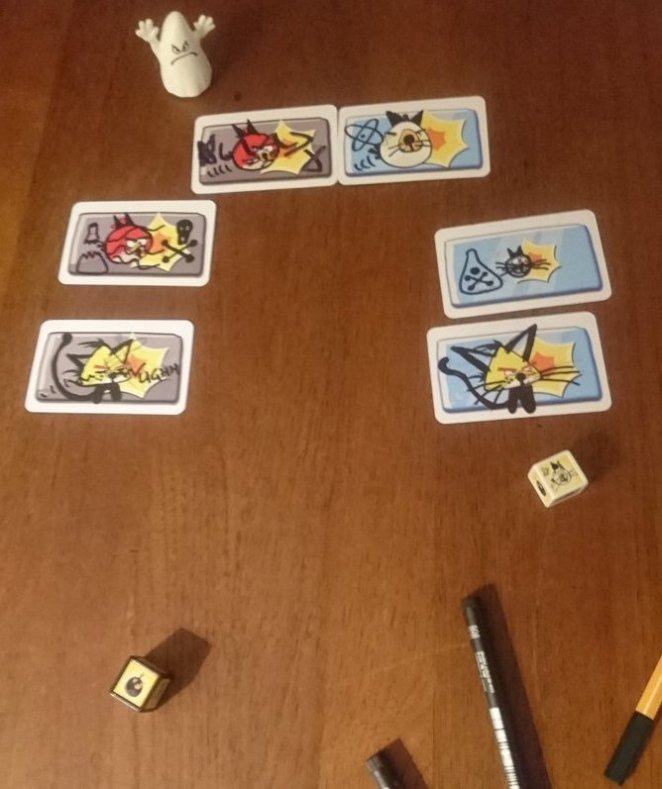
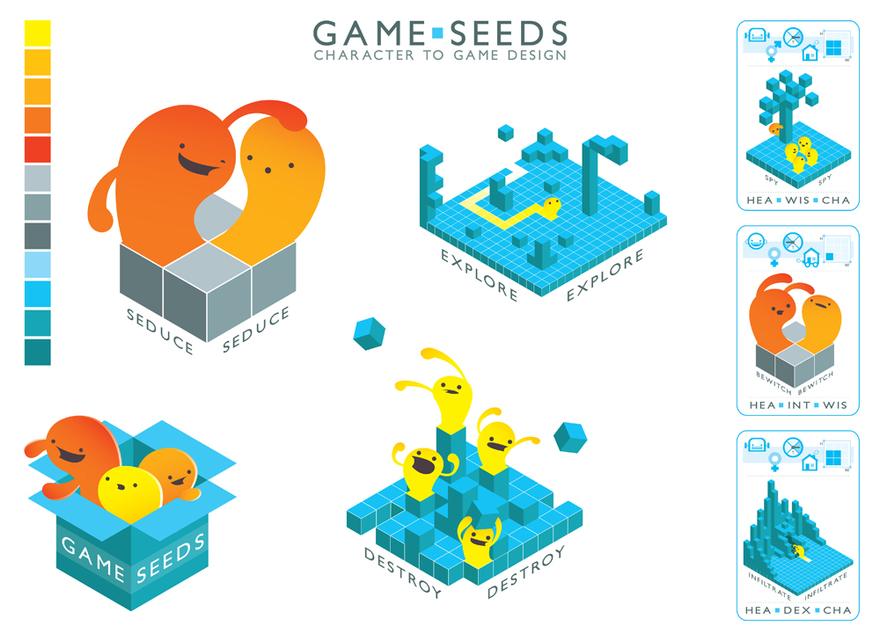
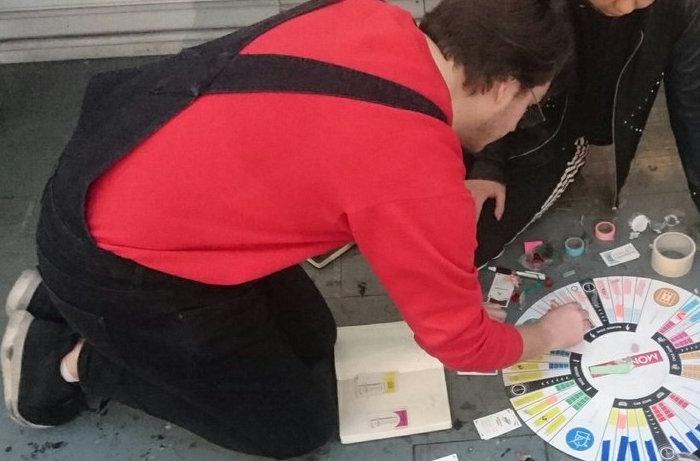

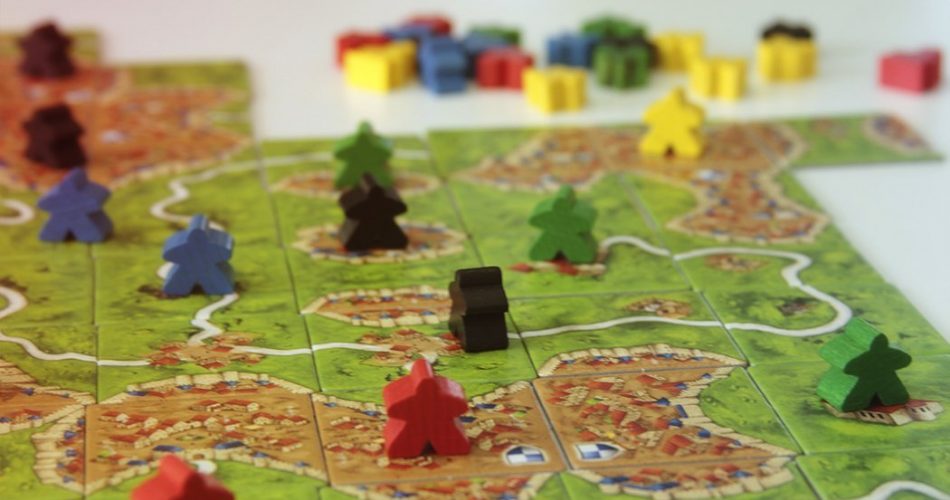
Information Experience Design Narratives
Through an exploration of past graduates final defree work students were asked to record the narrative and how it
connected to each of the senses (touch, sound, visual, taste, smell) as well to document the materials used. This was used as a basis for exploration of how, materials, modes and sense for the basis of all story design in IED.
Students were then taught how to reflect on this in relation to their own work.
Research Narratives and Non-Narratives
Led by Debbie Anzalone this session looked at how research themes and stories are used in her film work, in the genres of documentary, docu-drama and fiction. How Debbie’s research for characters and back-stories inform her process when developing ideas, characters, narratives and themes. Students were introduced to key films that have influenced Anzalone’s process with a focus on narratives and non-narratives in documentary and fiction.Students were also shown research and development of stories and narratives based on real testimonies (real people) and working with non-actors (real people), performers and actors within the moving image.
Narratives of Protest
This session drew on the narratives of protests for social change. It illustrated how often playful and fictional stories have been combined with political narratives to protest in playful ways to express strong opnions on serious issues. We explored how fiction can often be an interesting way to entice audiences into serious narratives. The session drew on a range of materials from the Greenham Common Peace Camp, the 1980s Miners’ Strikes and the '90s Criminal Justice Bill. It also includes examples from the V&A’s exhibition ‘Disobedient Objects’ that “demonstrated how political activism drives a wealth of design ingenuity and collective creativity that defy standard definitions of art and design”.
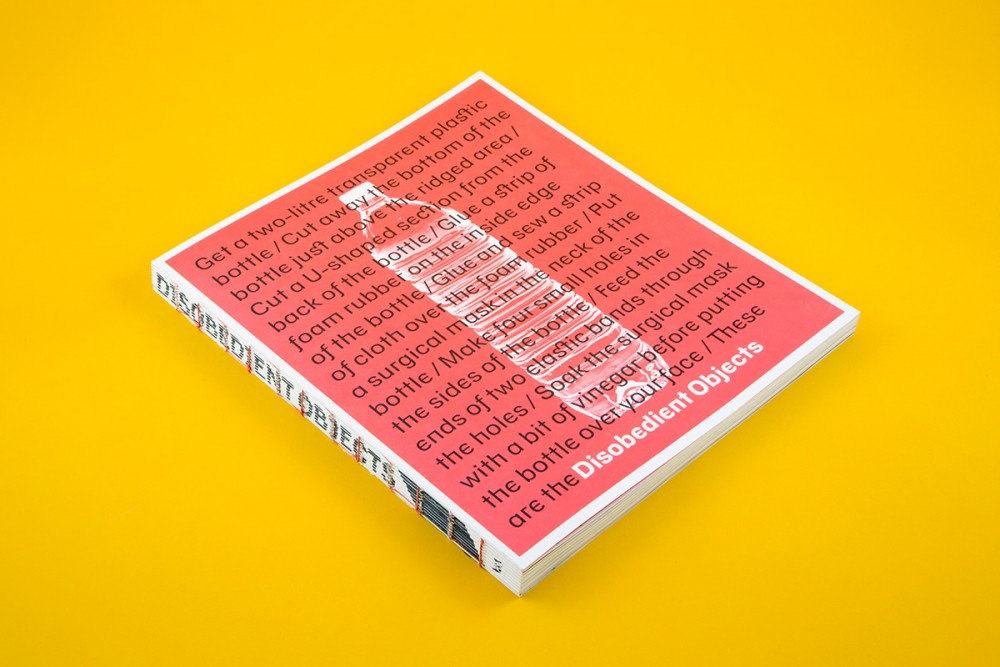


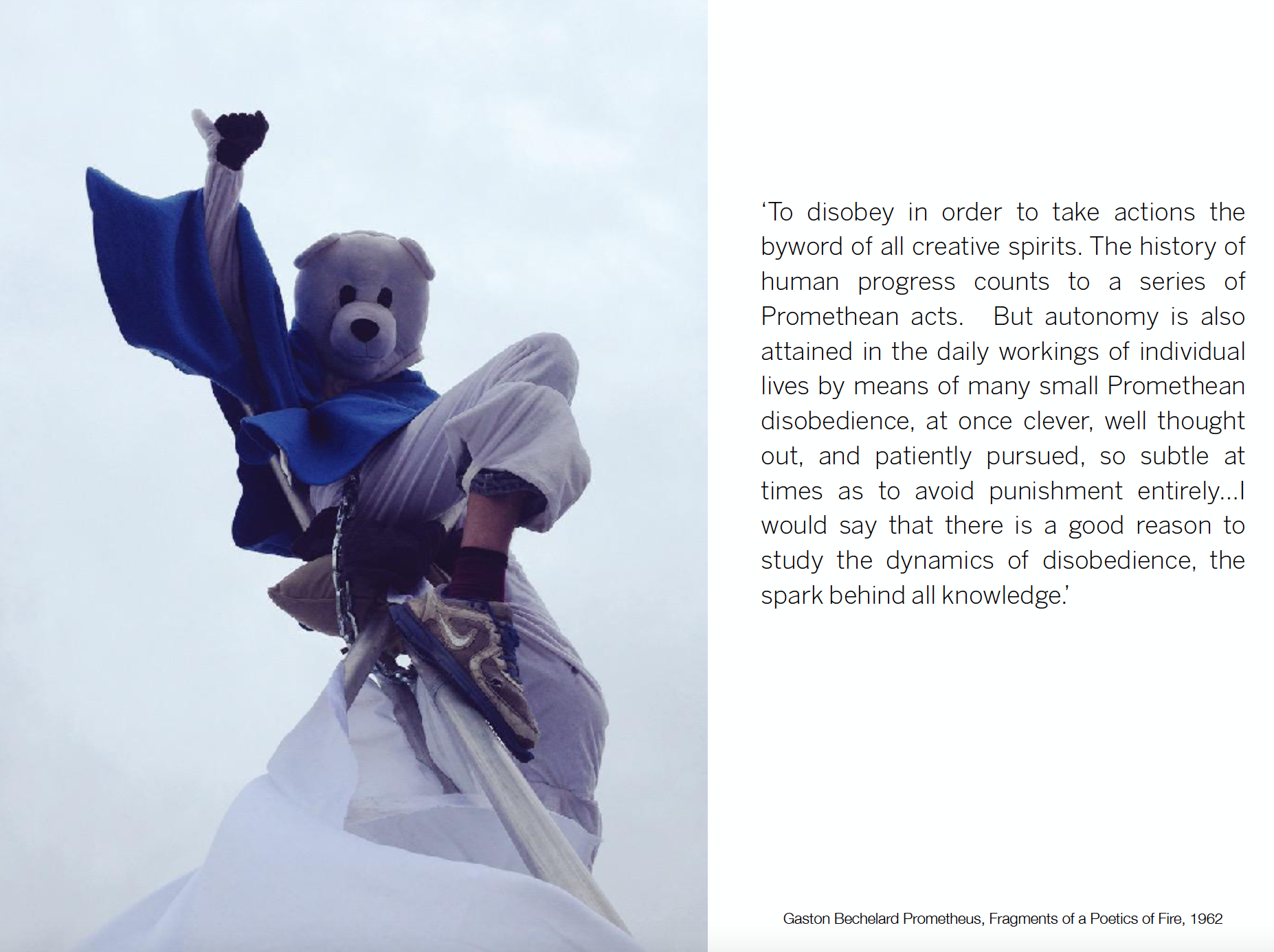

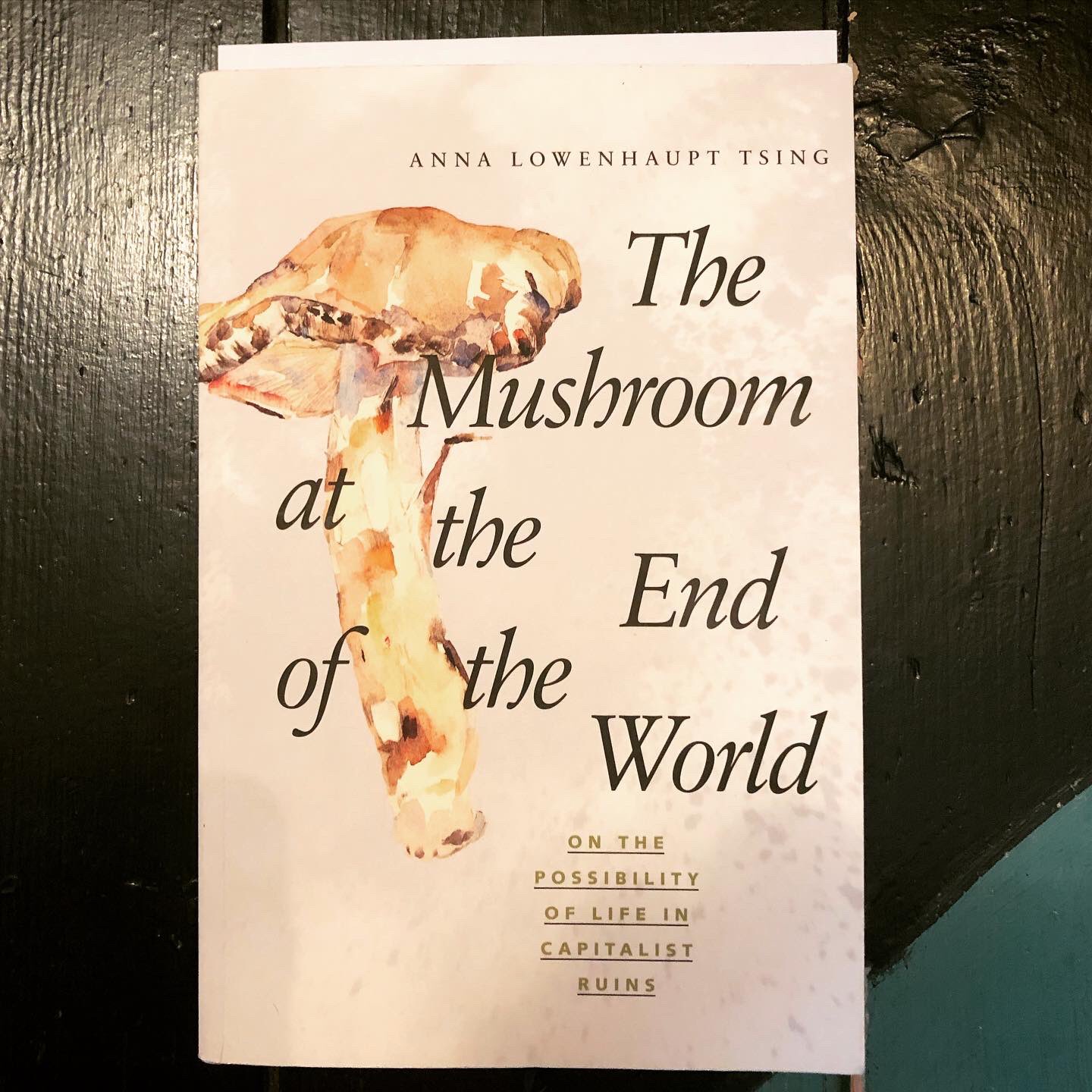
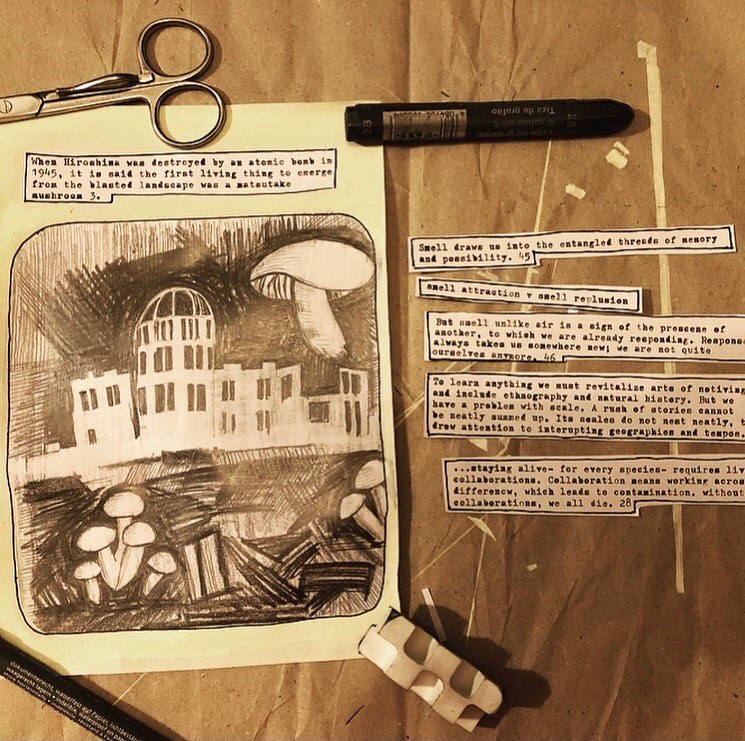





Disobiedent Objects V&A Exhibition Catalogue; Lecture slide x3; Women of Greenham, The Guardian Magazine; The Mushroom at the Eng of the World, Tsing; Illustrated reading list by Yamada-Rice; Lecture slide; Peter Kennard; Lecture slide; Workshop 2020; Lecture slide
Field Trips
Wim Menders/ Photographer’s Gallery, London



William Kentridge/ Whitworth Gallery, Manchester
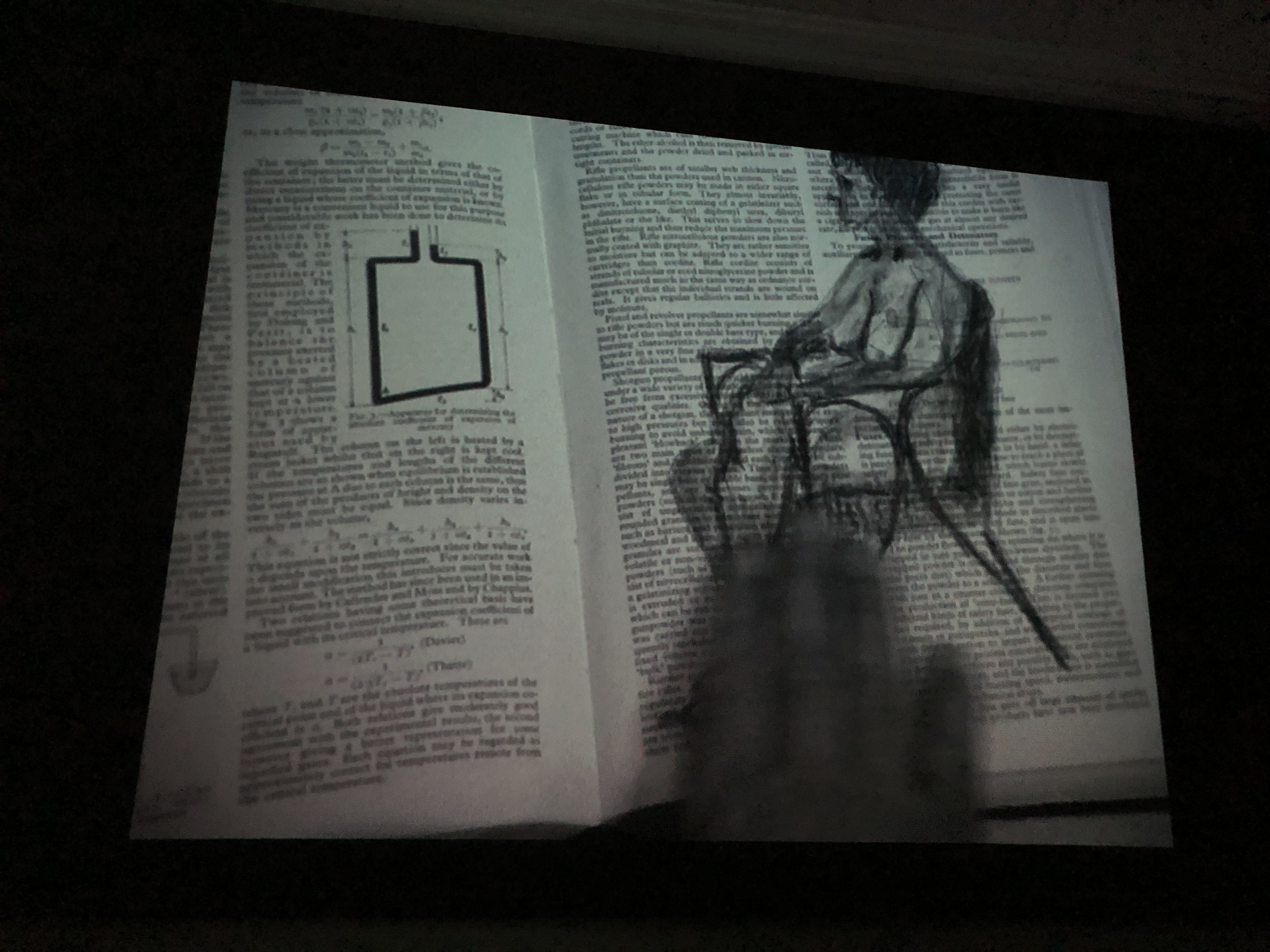

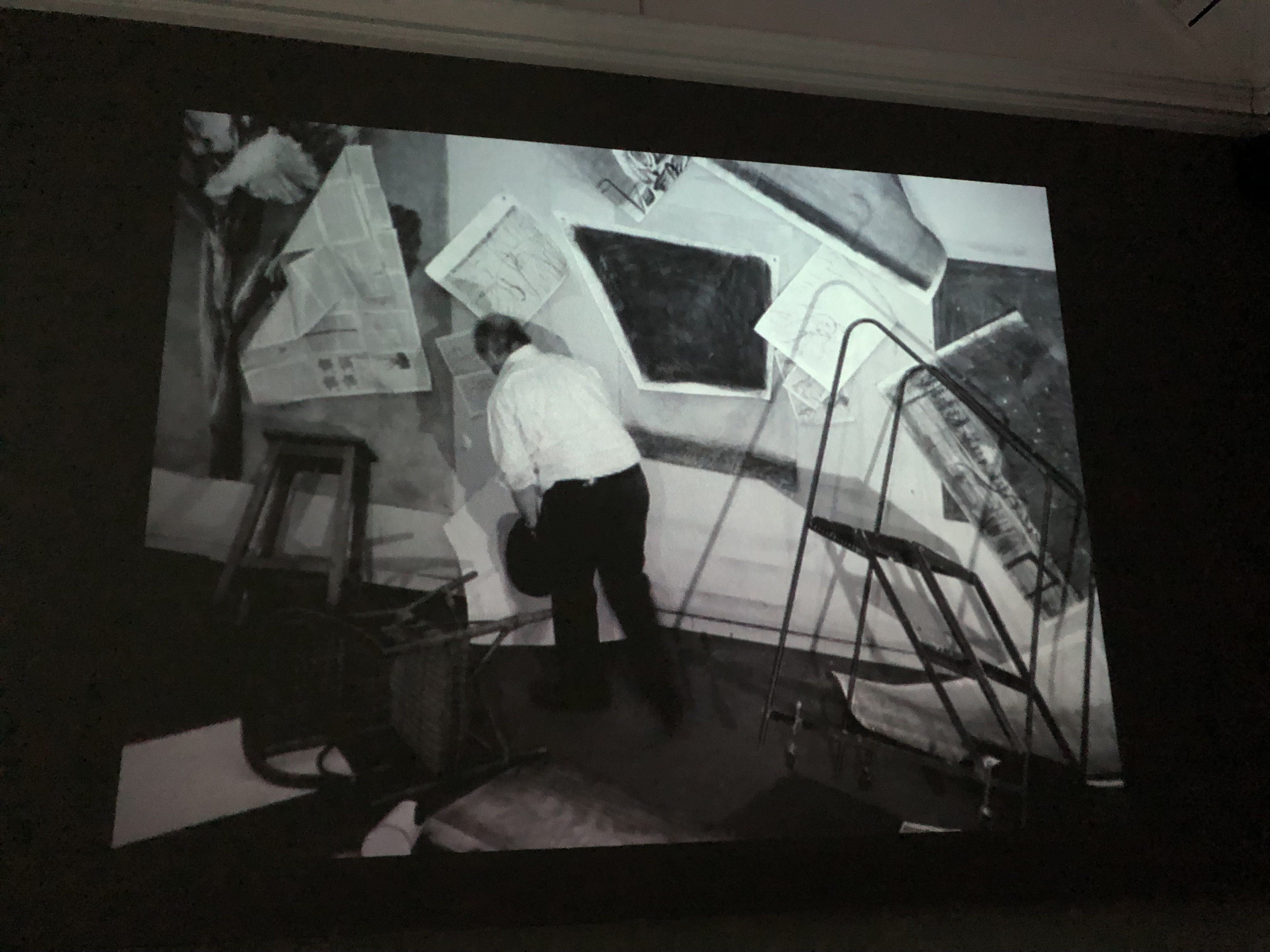
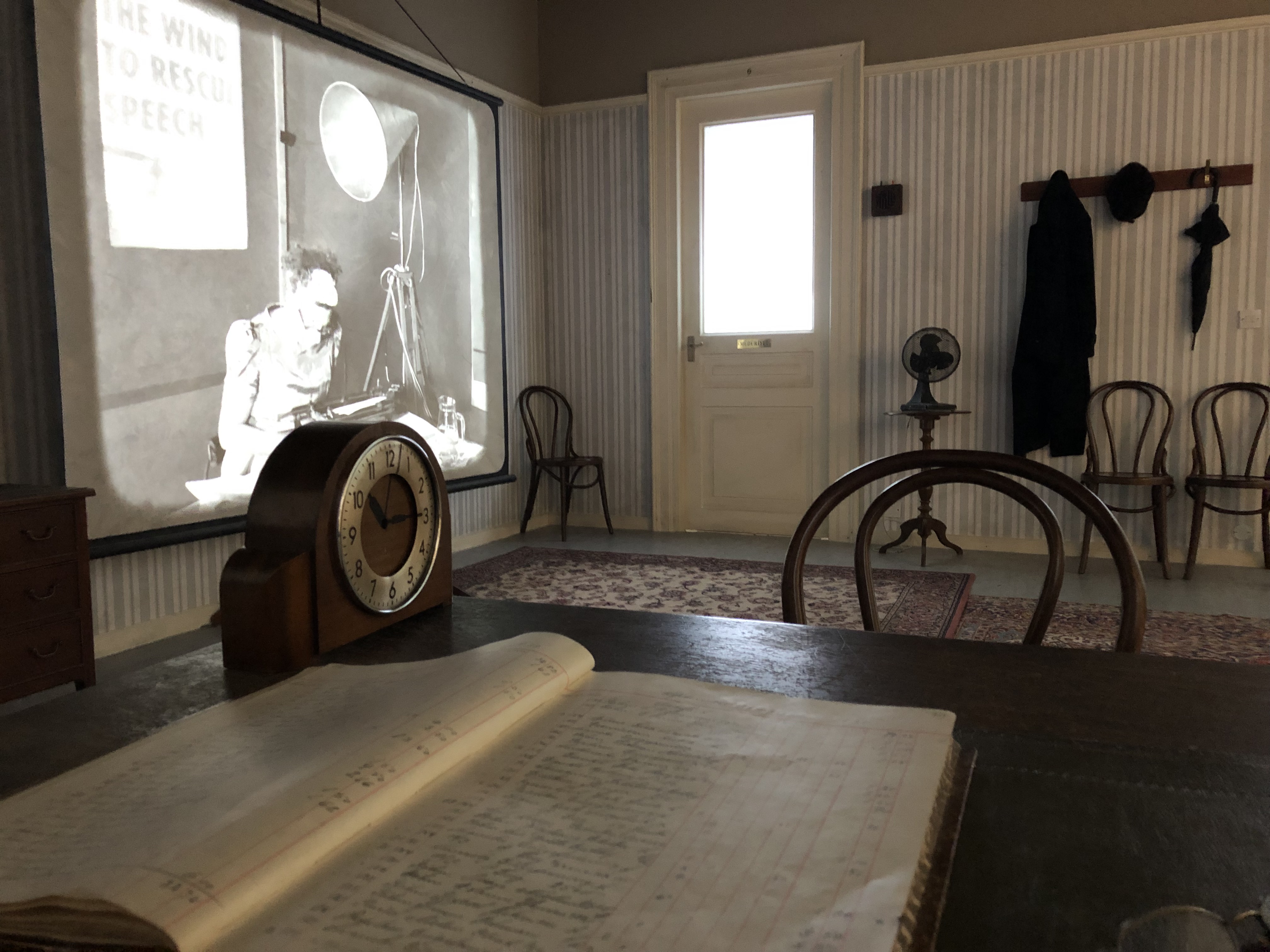
Anno’s Journey/ Japan House
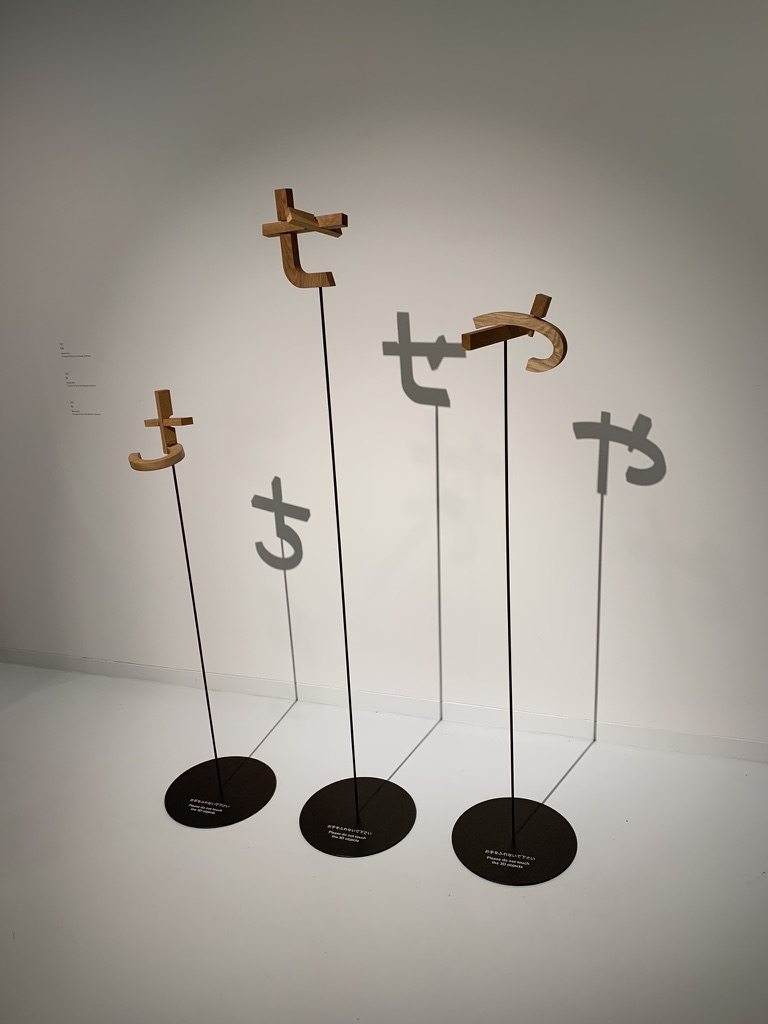
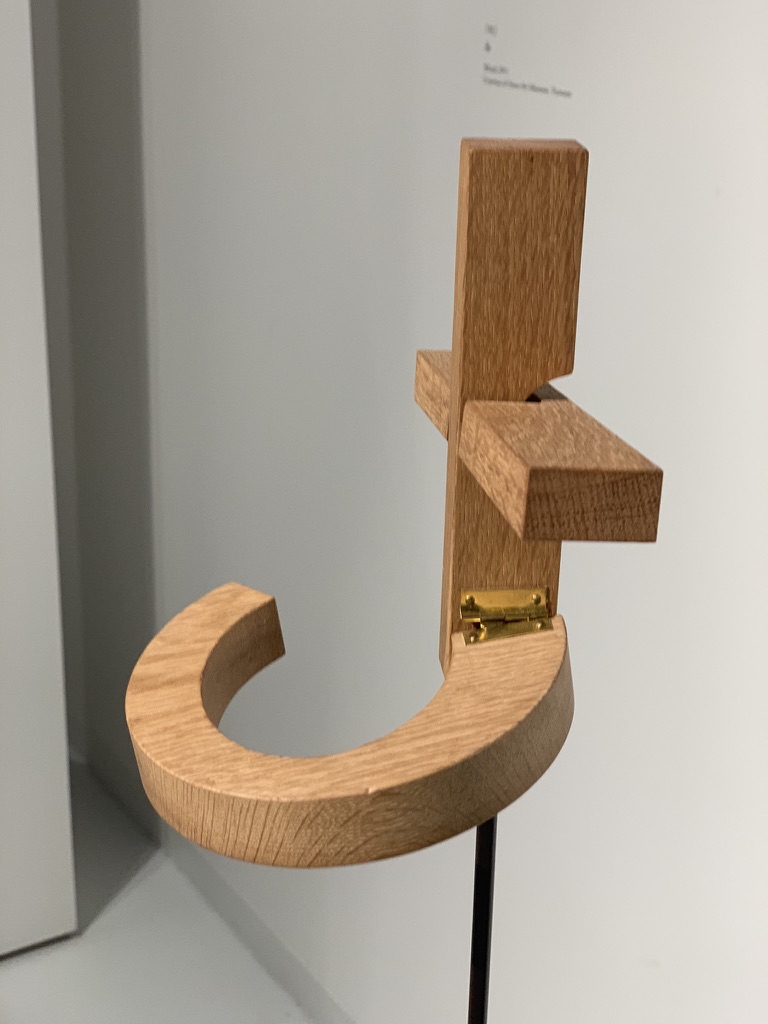
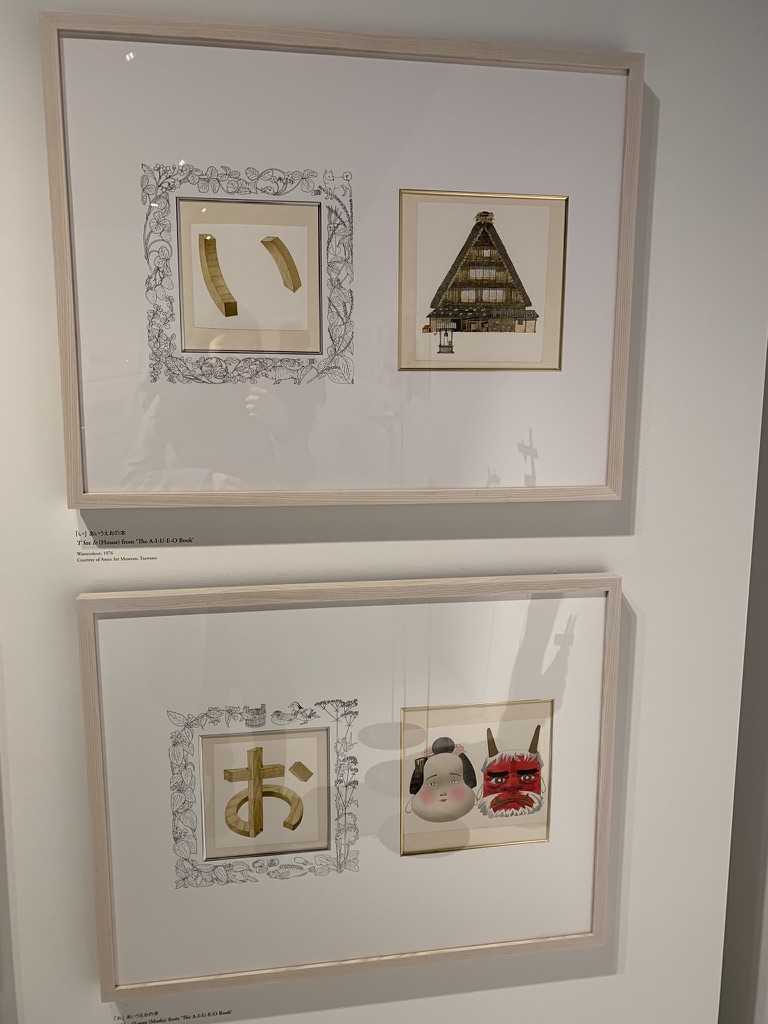
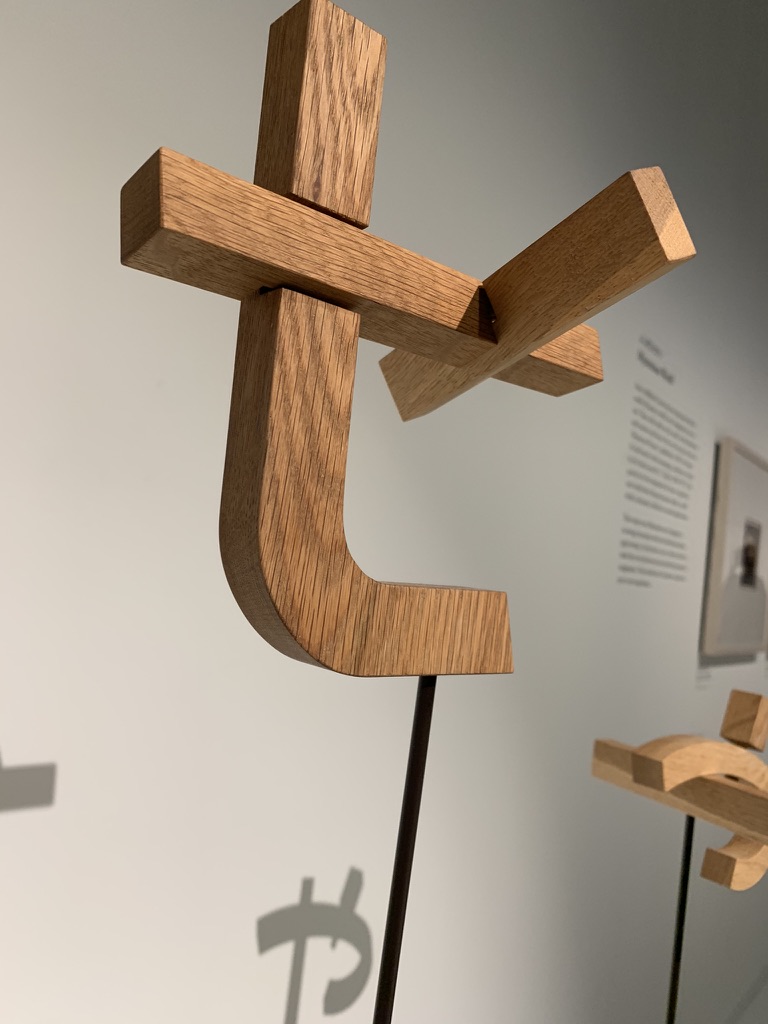
Student Work
PreGenesis/ Zohar Dvir
Artist Statement: PreGenesis is a story told through an interactive mirror. Warning: Plucking your eyebrows might lead to unexpected results

Invitation au Voyage/ Alexia Charoud
Artist Statement: Invitation au Voyage, revisits the ideas behind Charles Baudelaire’s eponymous poem through a modern, otherworldly instrumentation, invites the listeners to a shared spatial journey within their own imaginary landcapes, allowing for multiple unique narratives to coexist and expand freely as the music and sounds unfold.
See on the canals
Those vessels sleeping.
Their mood is adventurous;
It’s to satisfy
Your slightest desire
That they come from the ends of the earth.
– Charles Baudelaire
This project explores how we create narratives through music and sounds. How these have the power to break walls, and transport us to new spacetimes. By traveling through space, saturating it, moving its tiniest molecules, music affords the presence of new universes, new realities; which coexist within the visible, but bend, suspend, replace its rules temporarily. This installation is an Invitation au Voyage. You are invited to come aboard the spaceship, and follow, as the music unfolds, its travel through spatial, imaginary landscapes.
This work is a reflexion on the power of sounds and music to reveal the existence of the invisible, to create layers of realities and allow us to tune ourselves to those, to return to a form of animism, of magic, by abolishing all hierarchy, all division between ourselves and what surrounds us. In an age of replicability, where music, split in genres and categories, has become as much of a disembodied good of consumption as a form of art, how can we use phonographic technologies to highlight the importance of these questions and remind ourselves of the magical, haptic aspect of music in all its depth?

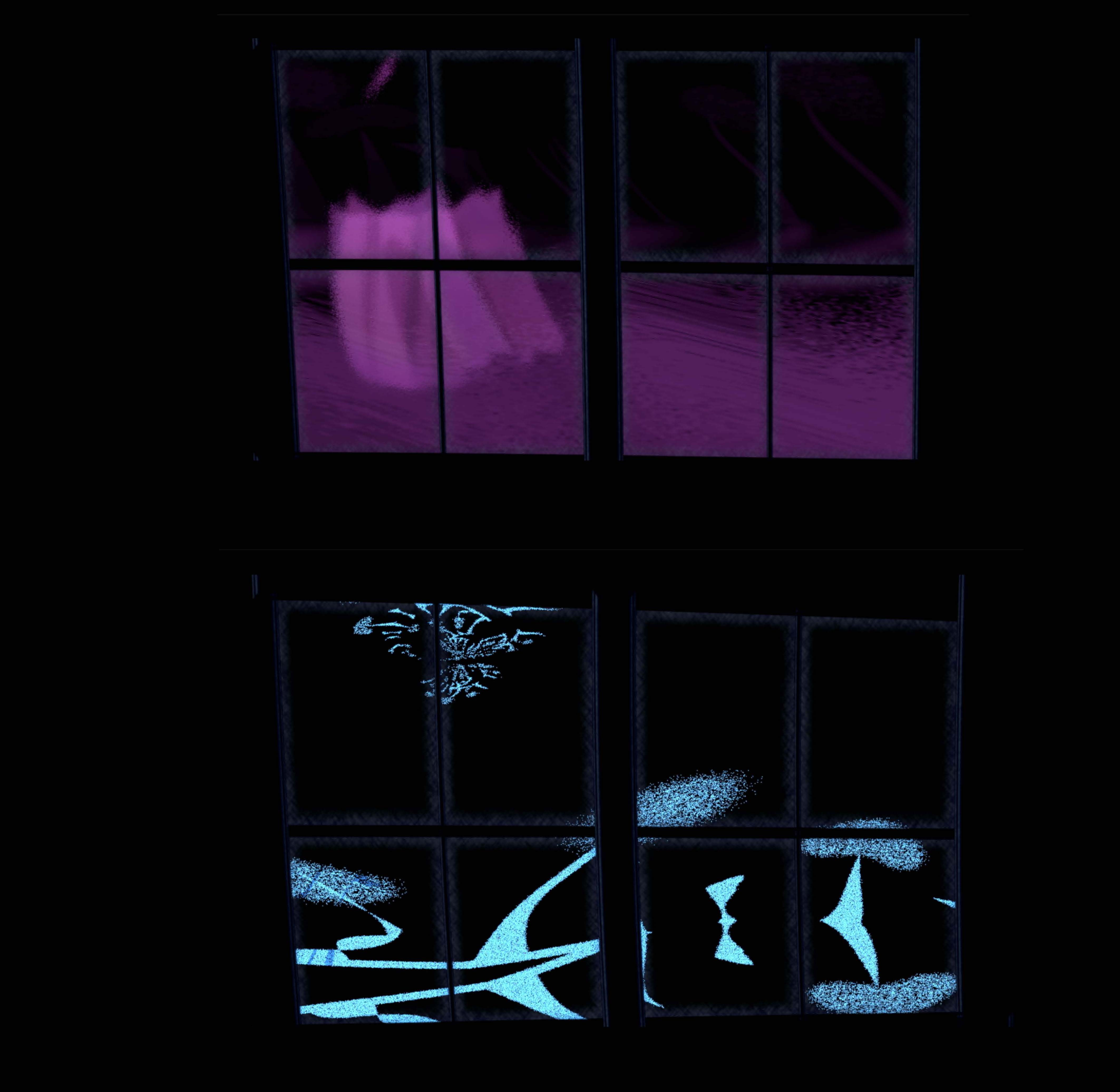
Chewing Gum on the Central Line/ Anna Tuhus
Artist Statement: Two beings meet and set out on a journey together, approaching obstacles to reach a common aim.The story is told through a handwoven piece that responds to touch with sound, and offers an interactive method of storytelling. It shows a row of figures read from left to right, each connected to one of eight chapters of a recorded dialogue. The audience listen to the story by touching the figures, and can construct the narrative in any desired order.
The tapestry is displayed still attached on the loom. Connected with electronics it shows an unexpected connection between traditional craft, modern technology and futuristic materials.
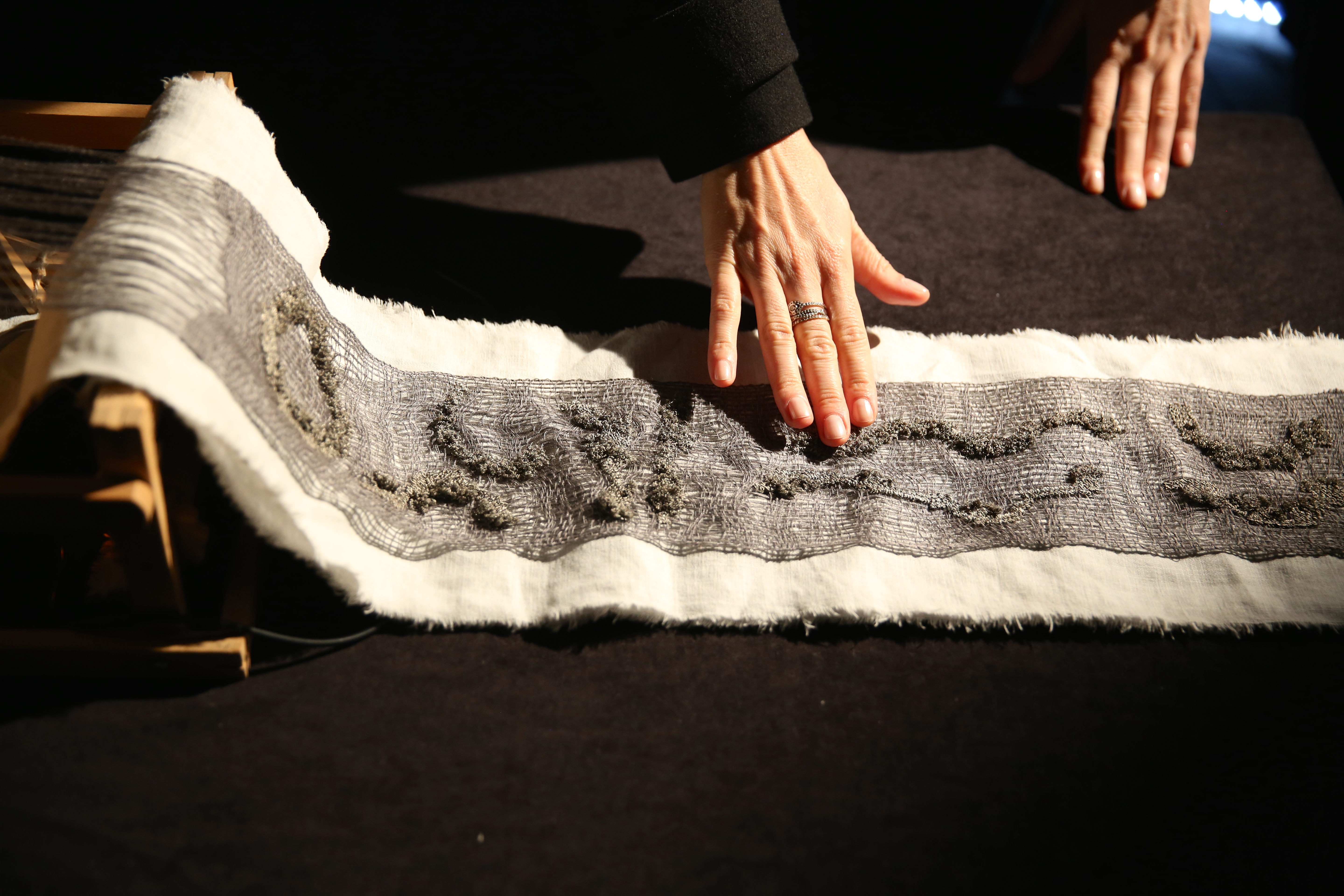

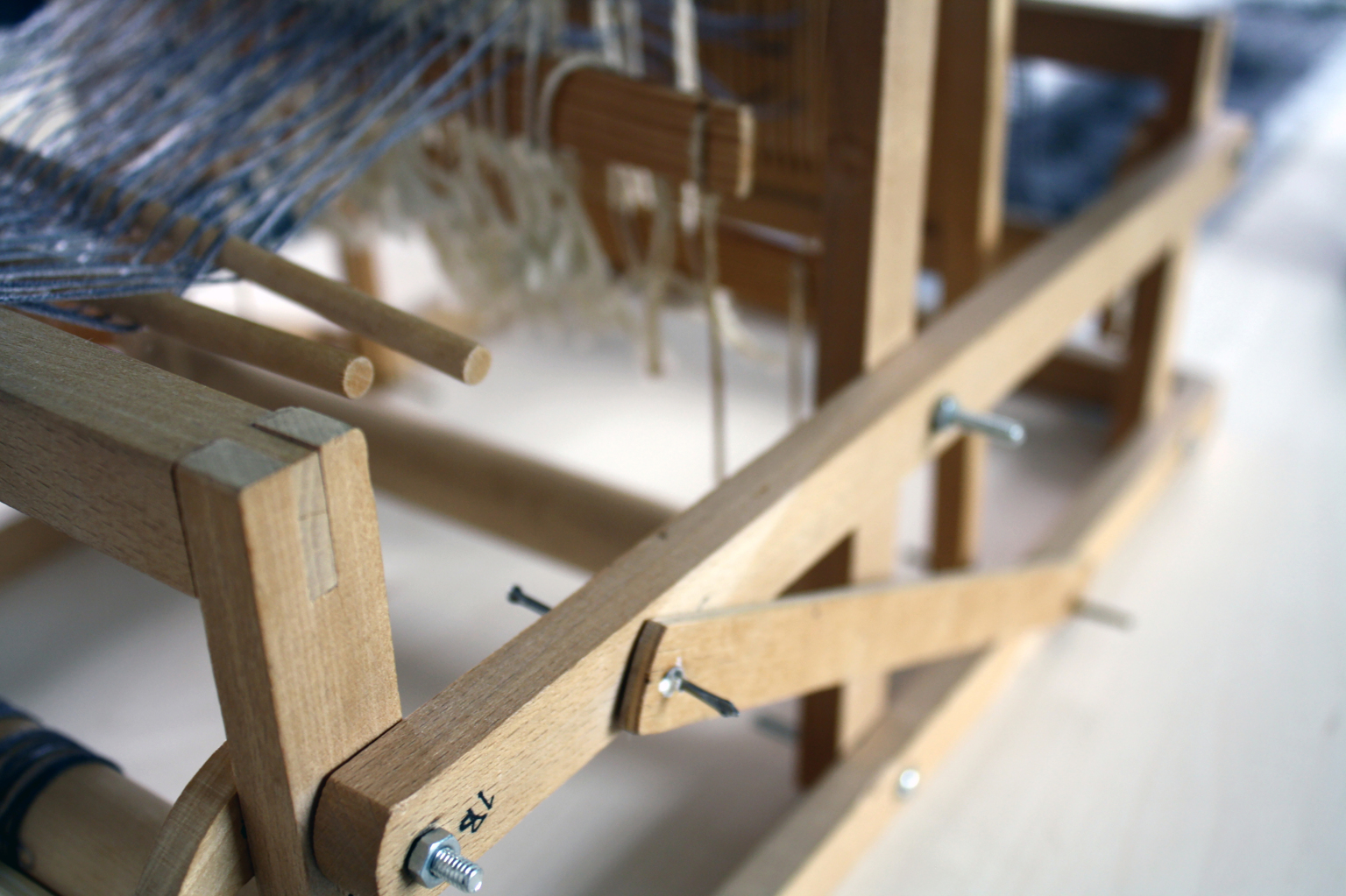
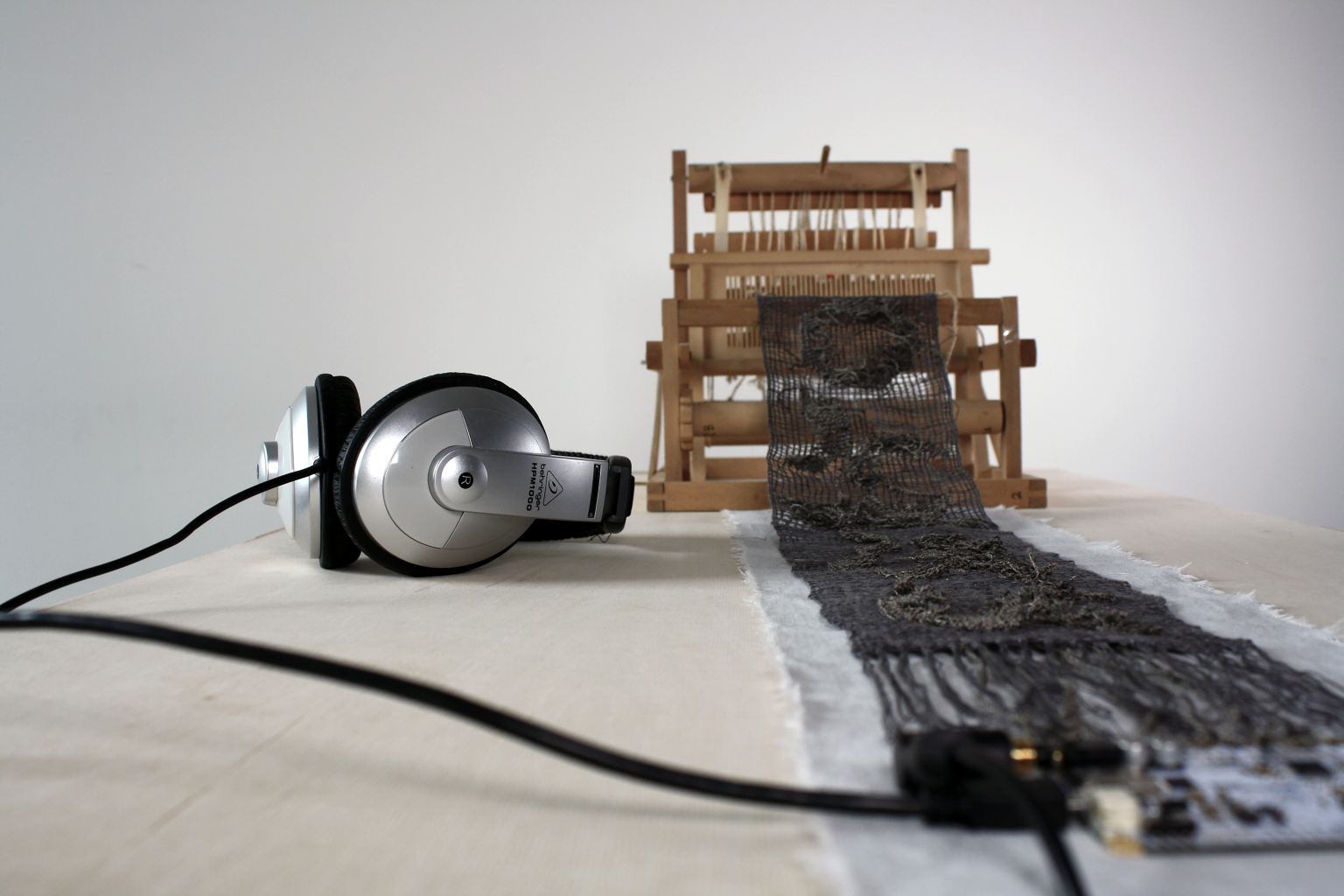
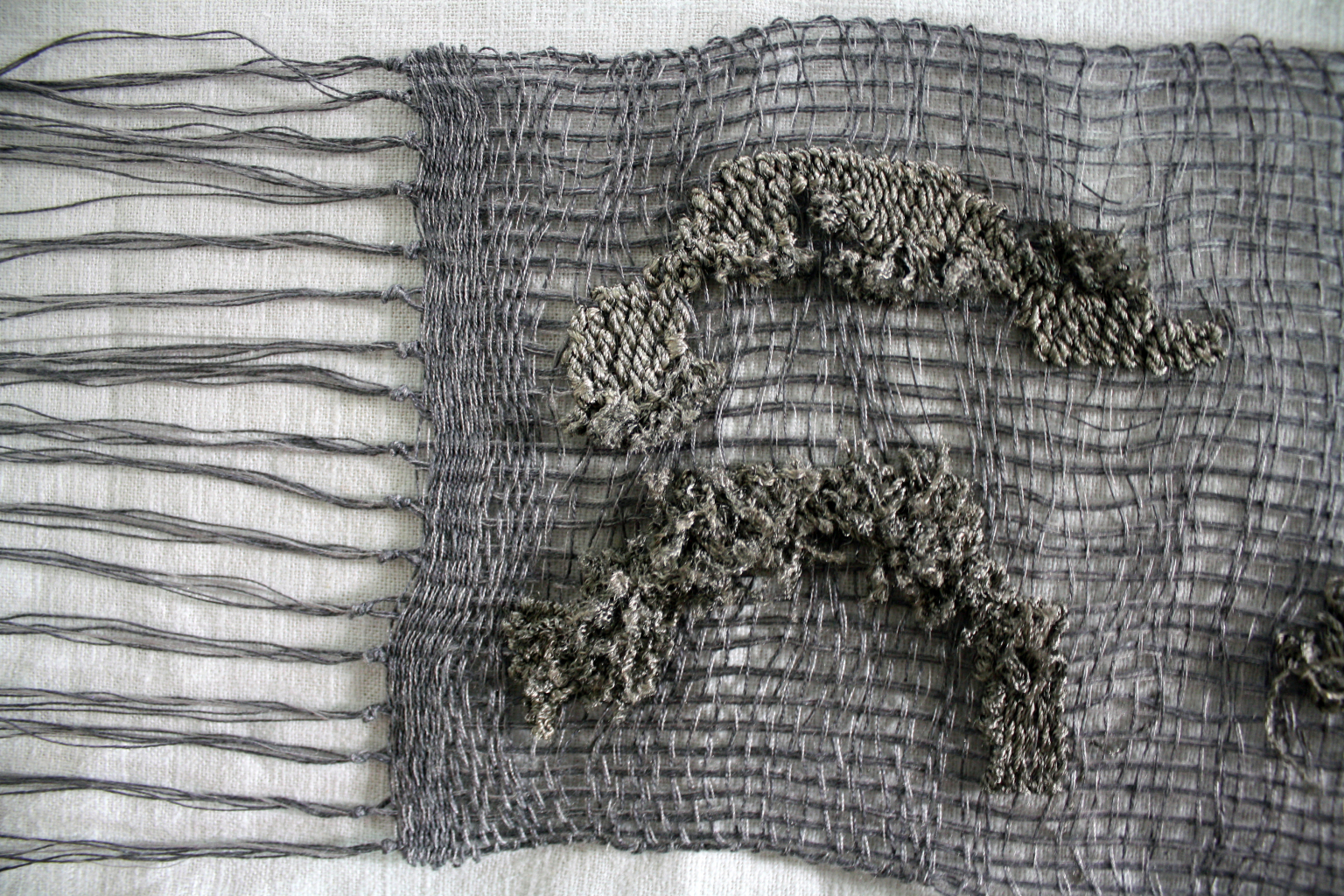
Wonder/ Akvile Terminaite
Artist Statement: An interactive story telling piece about a fictitious creation story and child-like wonder presented through objects and moving image. The project’s narrative is about a bored child who is travelling in a car at night. Without much to do they start to look at the stars and wonder how they are made. The reader goes on a journey with the child to discover alternative “truth” to the birth of the starts which takes them to another dimension - a world where the stars and the world they belong in become a sphere held by a giant (creator) poking holes (that become the stars) with an awl.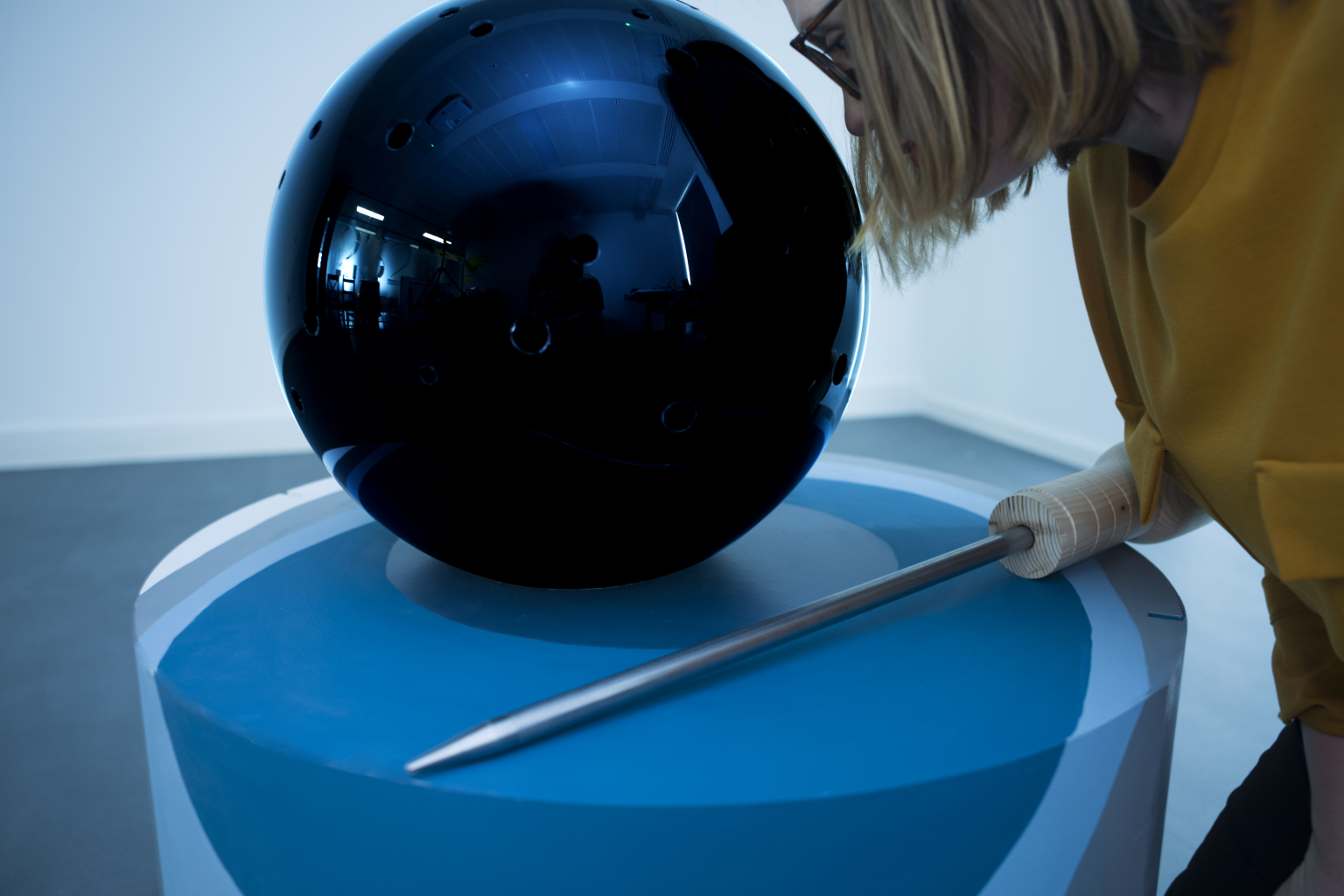

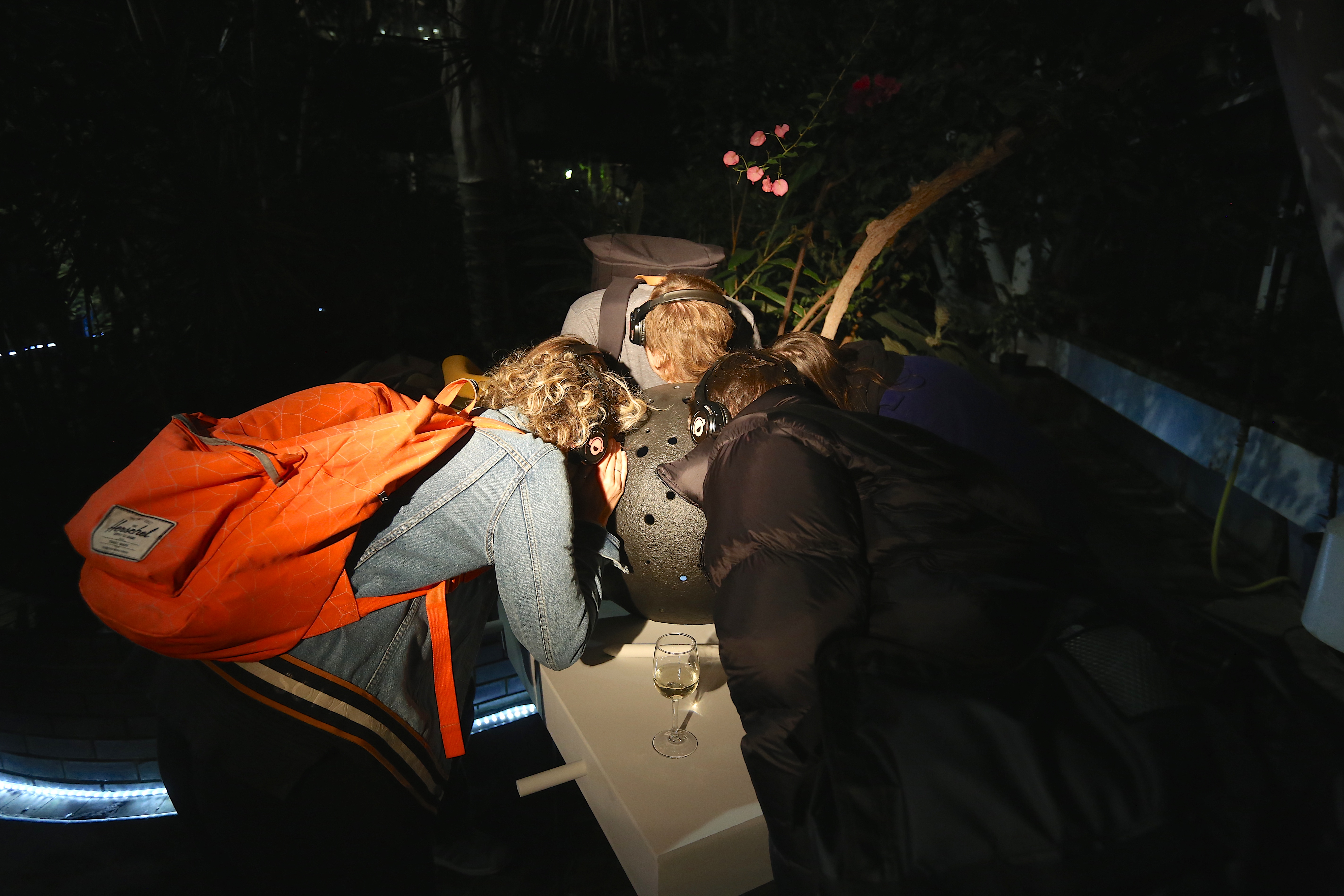



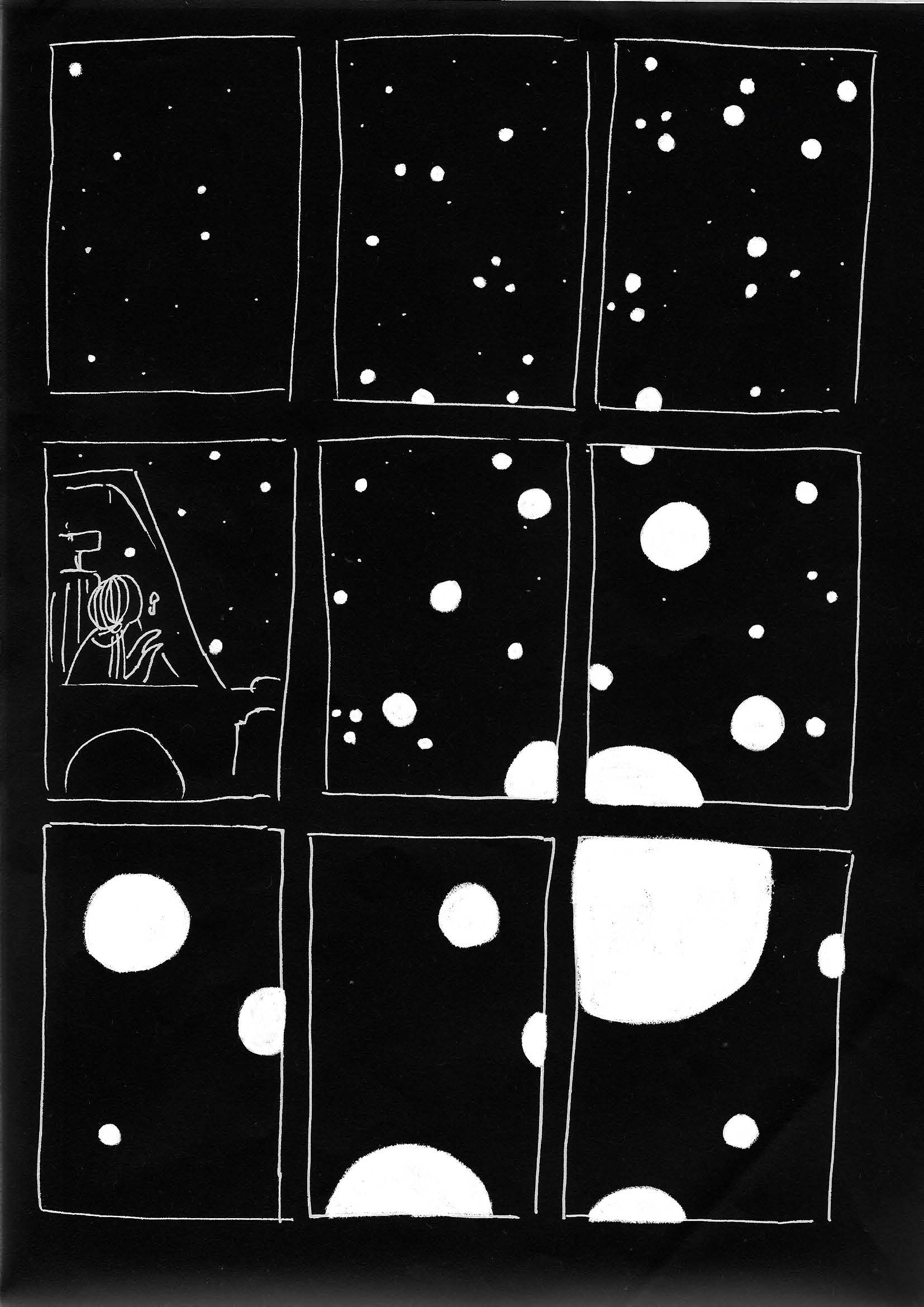

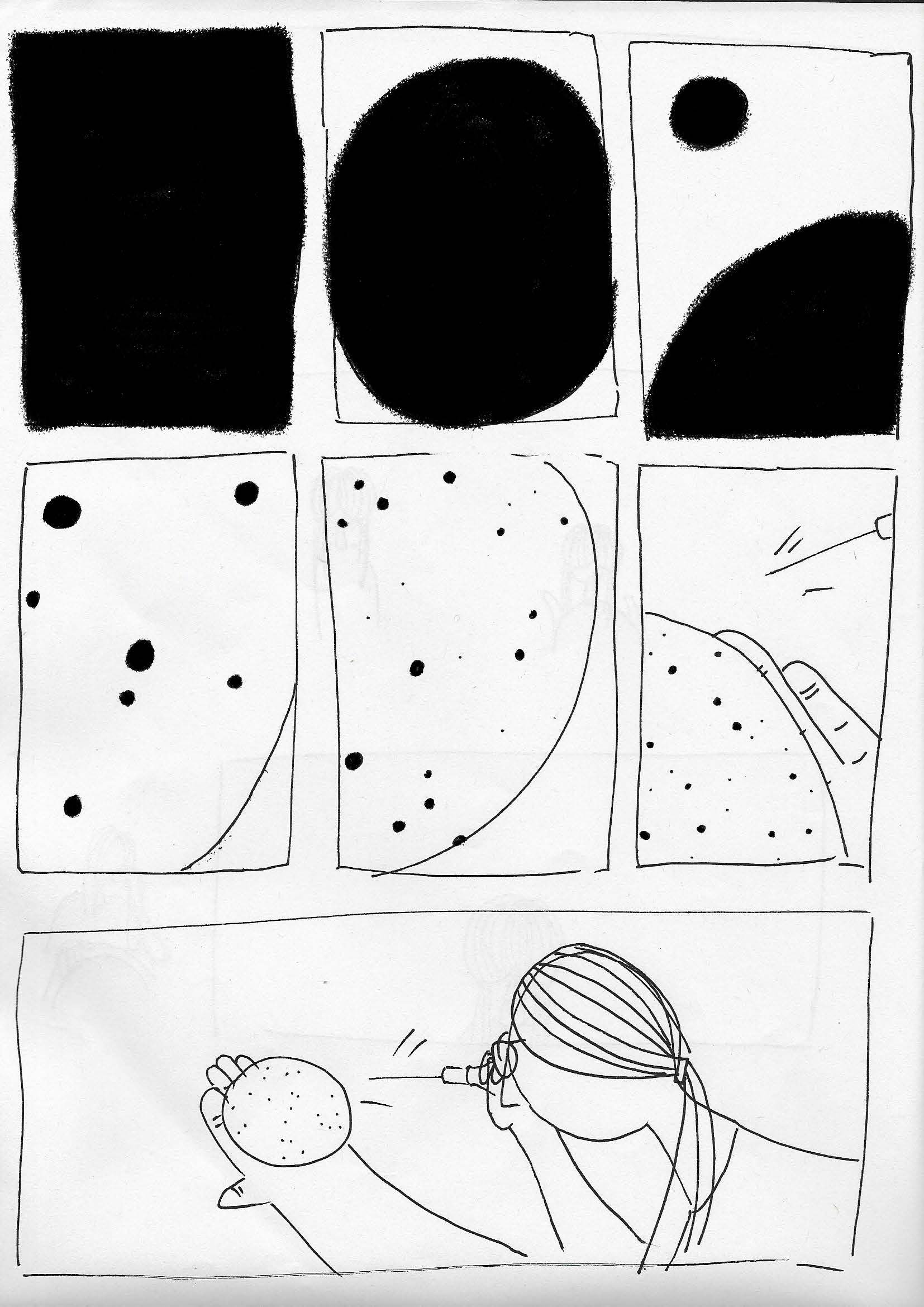
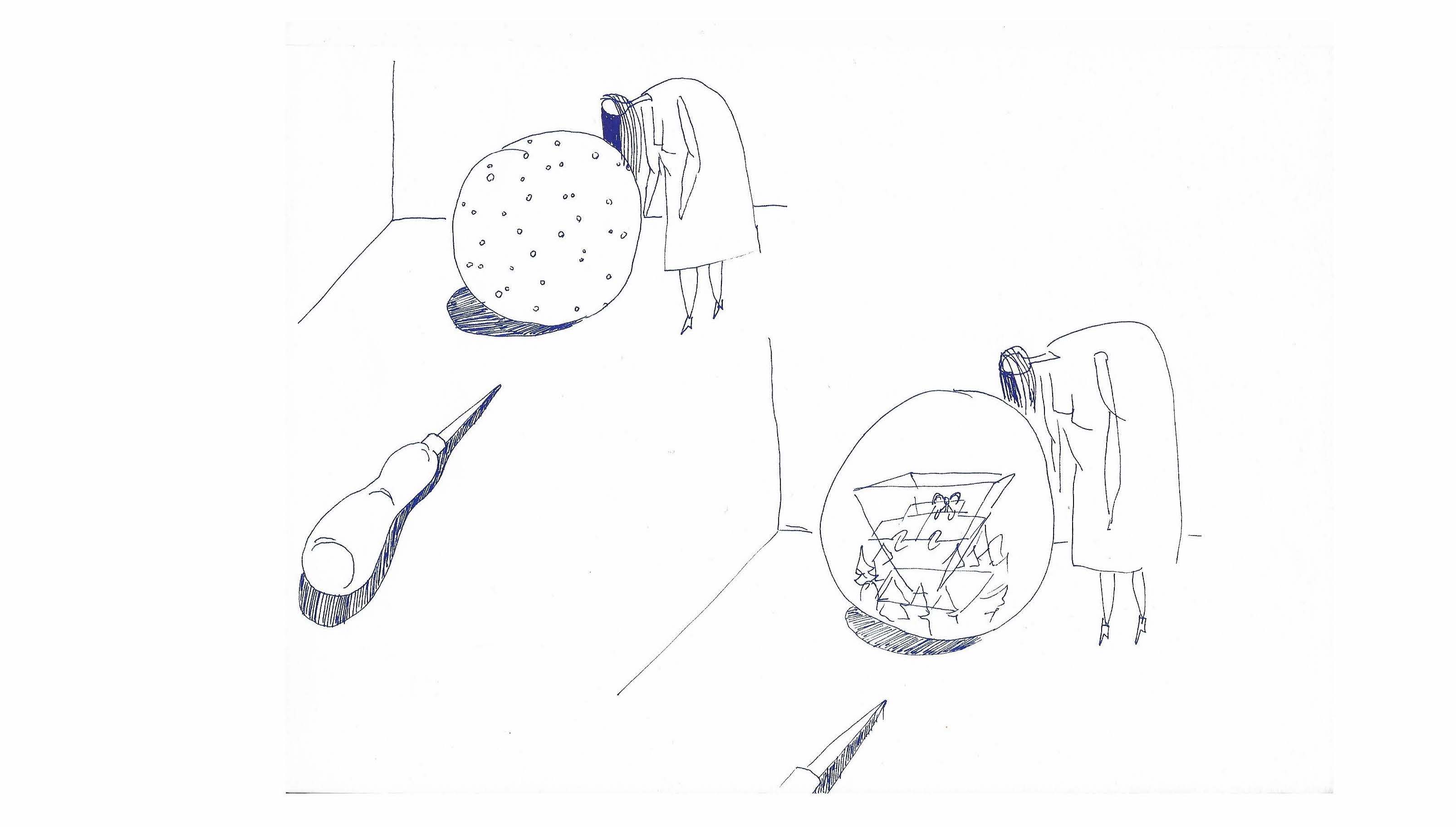
GlitchStation/ Dimitri Menexopoulos
Artist Statement: GlitchStation is a generative audiovisual piece that explores storytelling through multiple minor faults in the medium. Ever-evolving audiovisual glitches unfold into an kaleidoscopic hallucinatory experience.

Artist Statement:
‘Suppose there were an experience machine that would give you any experience you desired. Superduper neuropsychologists could stimulate your brain so that you think and feel that you were writing a great novel, or making a friend, or reading an interesting book’
— Robert Nozick
Enter the booth. Would you eat the sweet and give up the spontaneity of experiences?
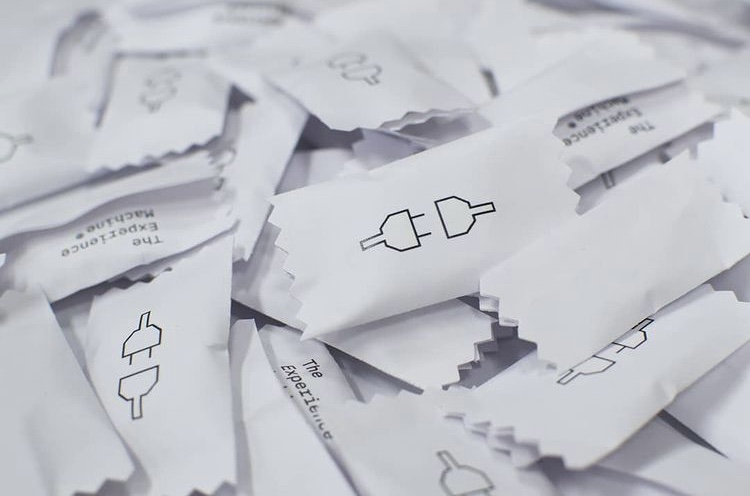

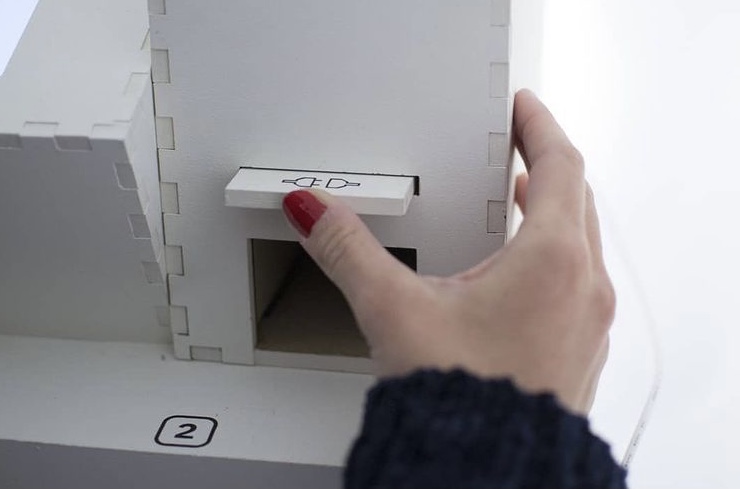

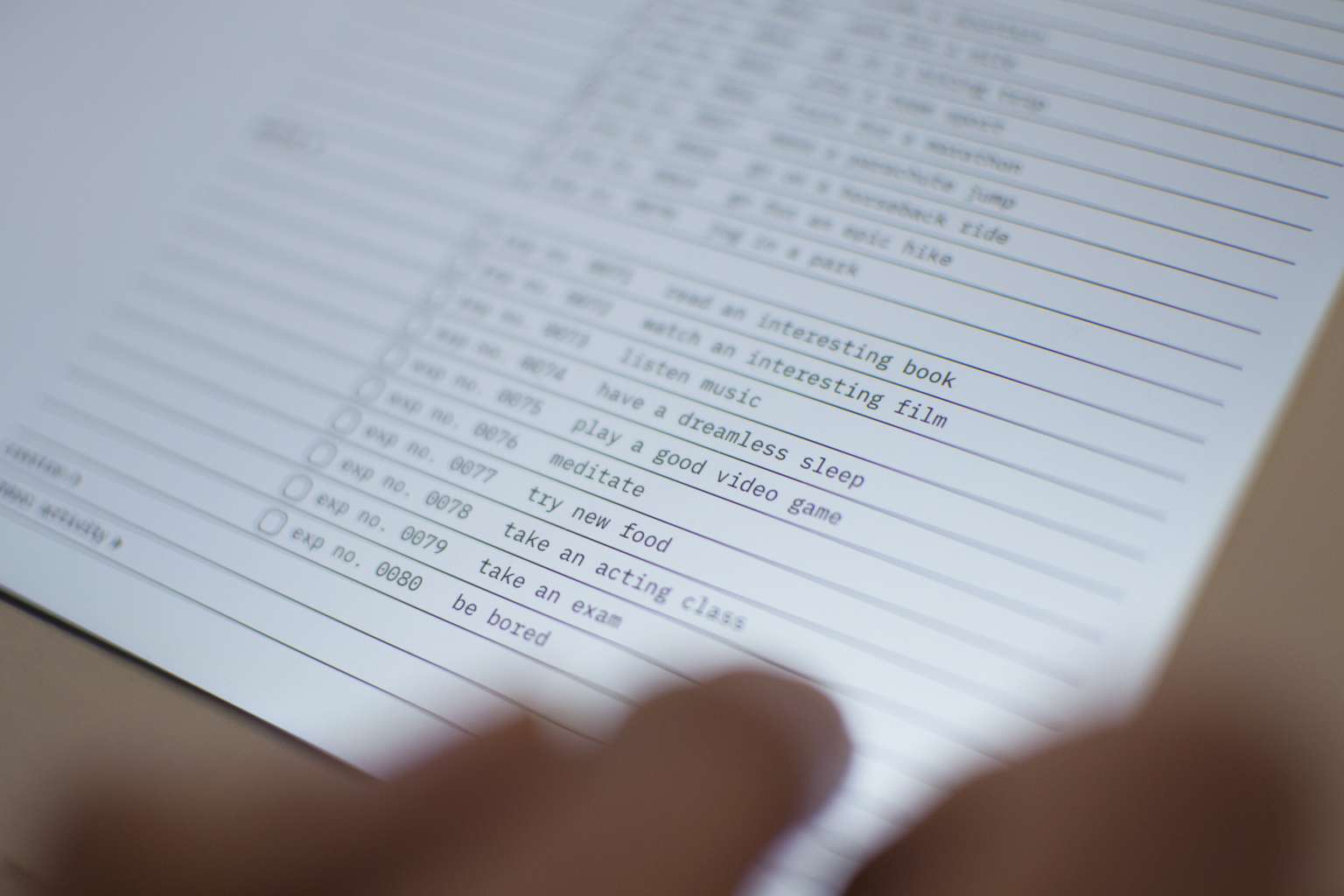

Loose Change Thief/ Arman Ataman
Artist Statement: The game follows the narrative of a thief who only steals the loose change left in the apartment and it has a very simple goal, to collect the money and get out of the house.
The complexity of the game comes from the players interaction with the game.
Ataman says he created a platform where the main feedback would be sound and divided the sound frequency spectrum into four and assigned a direction to each part. So the player must find the right frequency of sound corresponding to the right direction.Through this intervention the players ecosystem becomes intertwined with the ecosystem within the game. The uncontrollable ambient sounds that surround the player will always affect the game breaking the borders of the gamer and the game and the space. This also implies that the ambient sounds will affect the actions of the player. By combining the virtual space of the game via projection on top a real model, the game is then carried into the gamers environment.
Artist Statement: He makes you buy things not just for need but to express your inner self to others. He brings a little plastic beauty to erase the shadows under your eyes. Chemical pleasure for your numbed brain. He invites you in with, like, a kiss, and then sucker-punches you in the face.
And may our lives seem like a perfect movie.
“If the common good has got to make up fairy tales, then it’s not good for anybody.” — Rust Cohle, True Detective




2019, Work in progress
Eating at (New) Gaia/ Miyuki Oka
Artist Statement: This work is based on an imaginary story of a girl who can feel the history of the universe, planet and organisms through food on a table. For her, eating was a ritualistic behaviour that she could feel connections with other living and nonliving things in the past and future.
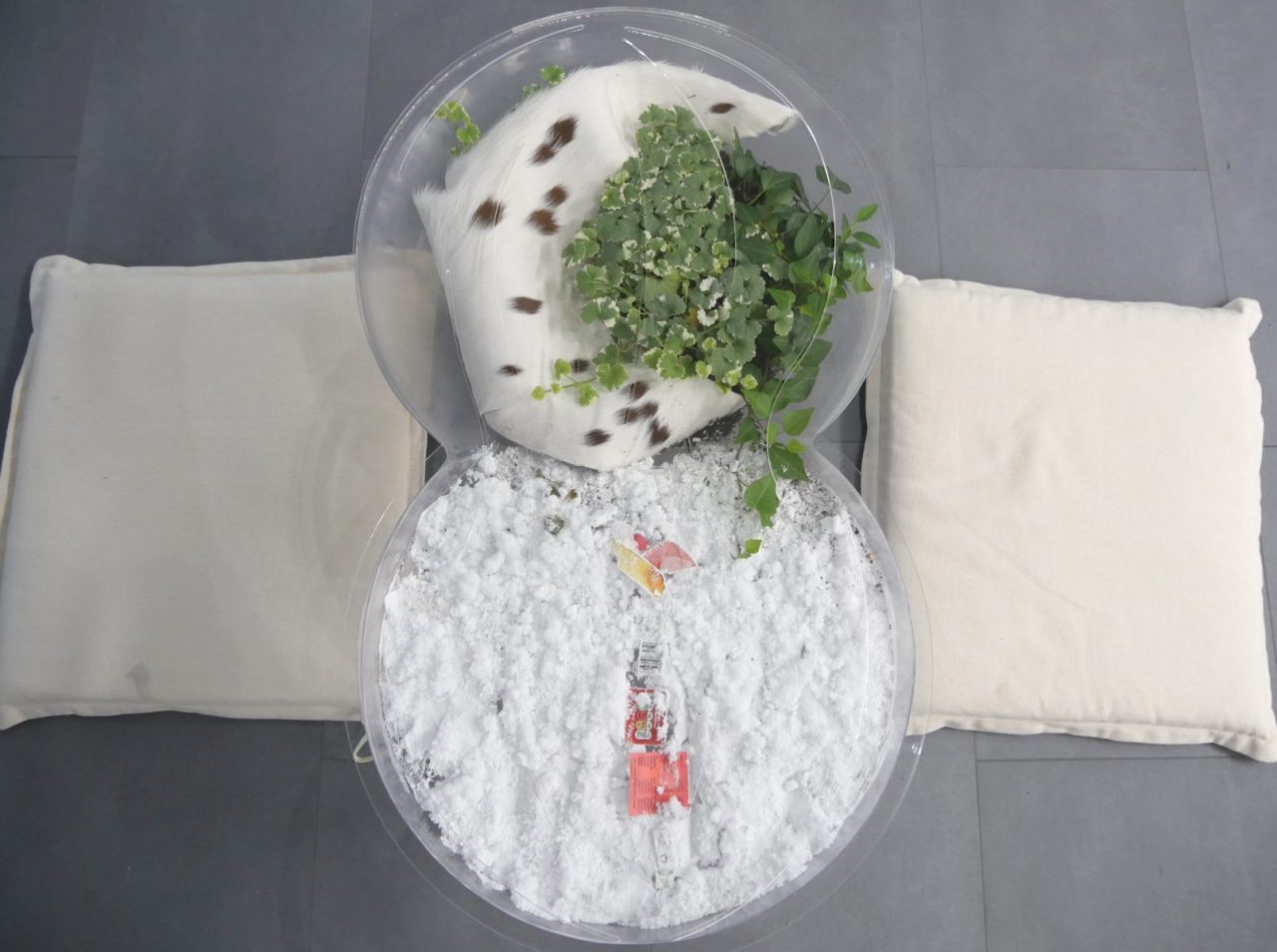
2019, Final work, mixed media![]() 2019, work in progress sketches
2019, work in progress sketches
 2019, work in progress sketches
2019, work in progress sketchesArtist Statement: Panopticon, the centralized surveillance system could not control the current generation. Today smartphones allow us to post things online and band together against unfairness. Individual influence has grown such that even small events can spread. all over the world
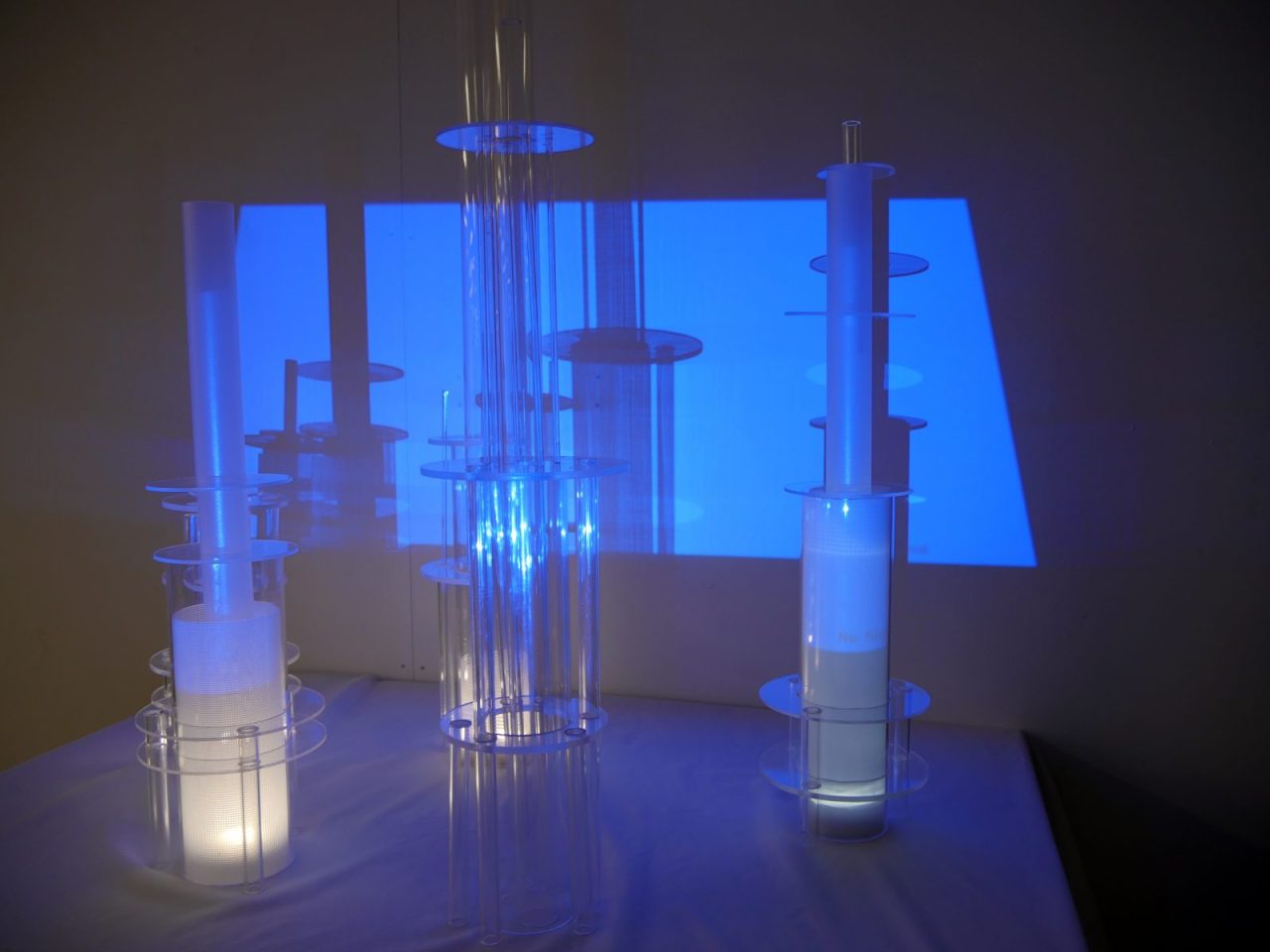
The Story of a Burning Desire/ Olfa Farhat
Artist Statement: Uncover the myth behind a mosaic from Tunisia’s Bardo Museum. Experience a non-linear interactive story through the rearrangement of the mosaic, remade in acrylic. This piece invites indididual playfulness or collaboative interaction in order to give viewers the ability ro remake an ancient work, unlocking different interpretations and establishing new emotional connections in the process.


10,000/ Kenneth Lim
Artist Statement: In the 1970s the US Department of Energy had a problem: as a result of nuclear tests they have a lot of radioactive waste that will remain dangerous for the next 250,000 years, the problem they posed is how can they signpost the site where they buried these waste as dangerous to humans for the next 10,000 years to come. This narrative explores this idea of communication to the future through the use of language and specifically how language change over time and how we cannot rely on it to communicate an idea to the future. This is a story about language disguised as a story about nuclear waste disposal.


Jason Chuang
Witness Statement: Midday on the 4th July 2002, a family drove and parked their car by my house. The parents seemed to be distracted by something which they walked towards, while their kid snuck off the other way. The boy was about 5 year old, he ran straight to the pond, and scared away all the frogs that were resting on water lilies. He started into the pond intensively, he then started splash the water around the pond repeatedly, each time getting a little bit more frustrated and vigorous. After the strange ritual went on for a while, I realized that he was trying to capture the tadpoles that were inhabited in the pond.
Finally he seemed to caught one within the palm of his hands, I could imagine him grinning at the poor animal from above, he raised his finger toward the tadpole, and I looked away for I couldn’t stand seeing the fate of the poor creature. As I looked back some moments later, the boy had released the motionless tadpole back into the pond.
To my surprise, the tadpole wiggled its tail lightly when it was released, and all of a sudden, its head split into two, and the body, then they became completely detached and swam away as the boy kneeled down on the ground, supposedly amazed by the event unfolded in front of his eyes.
A cloud passing by.




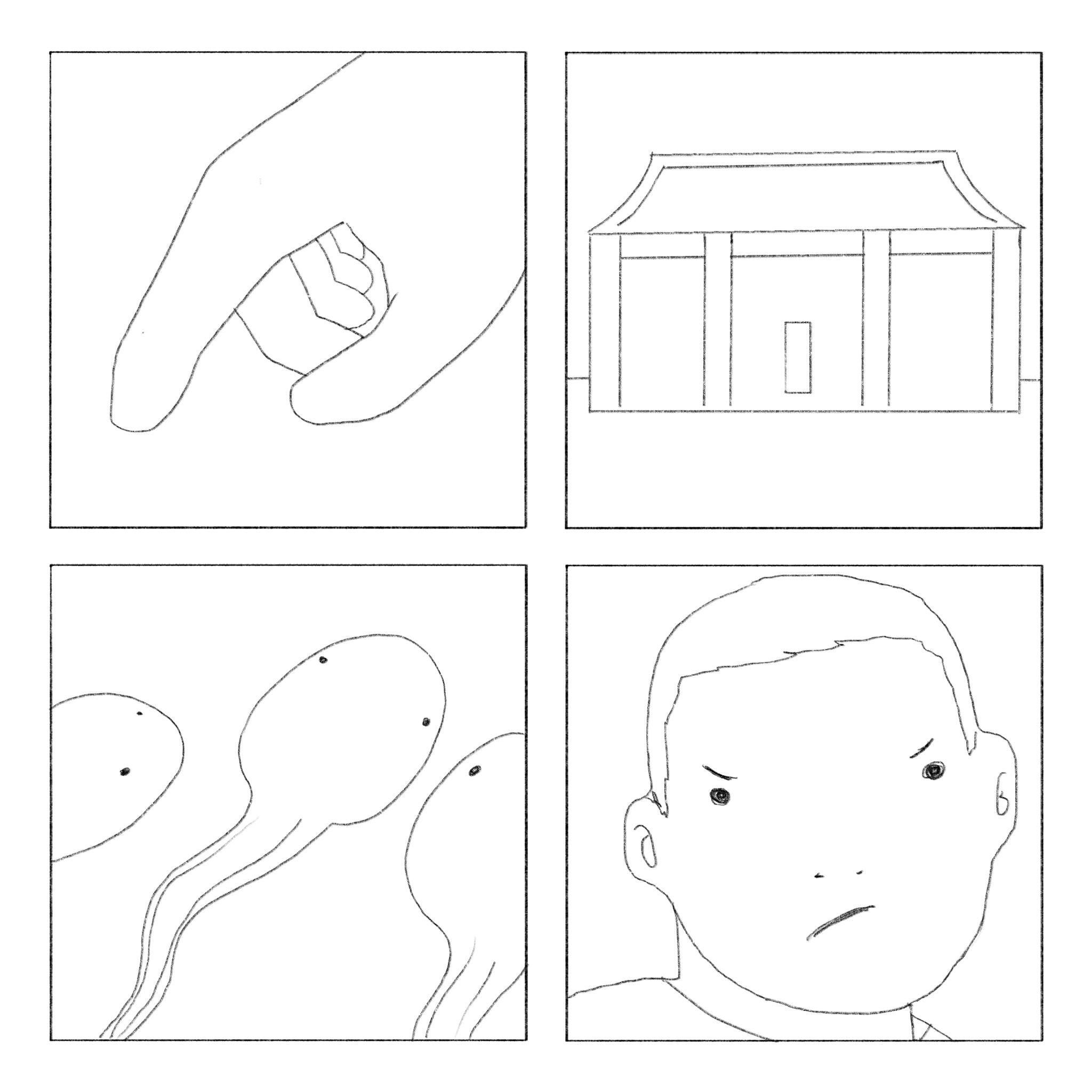

The Two Headed Calf/ Giorgia Grippa
Artist statement: My story comes from a poem by Laura Gilpin, part of a collection, titled: “The Hocus Pocus of the universe”
Tomorrow when the farm boys find this
freak of nature they will wrap his body
in newspaper and carry him to the museum
But tonight he is alive and in the north
field with his mother. It is a perfect
summer evening: the moon rising over
the orchard, the wind in the grass. And
as he stares into the sky, there are
twice as many stars as usual.



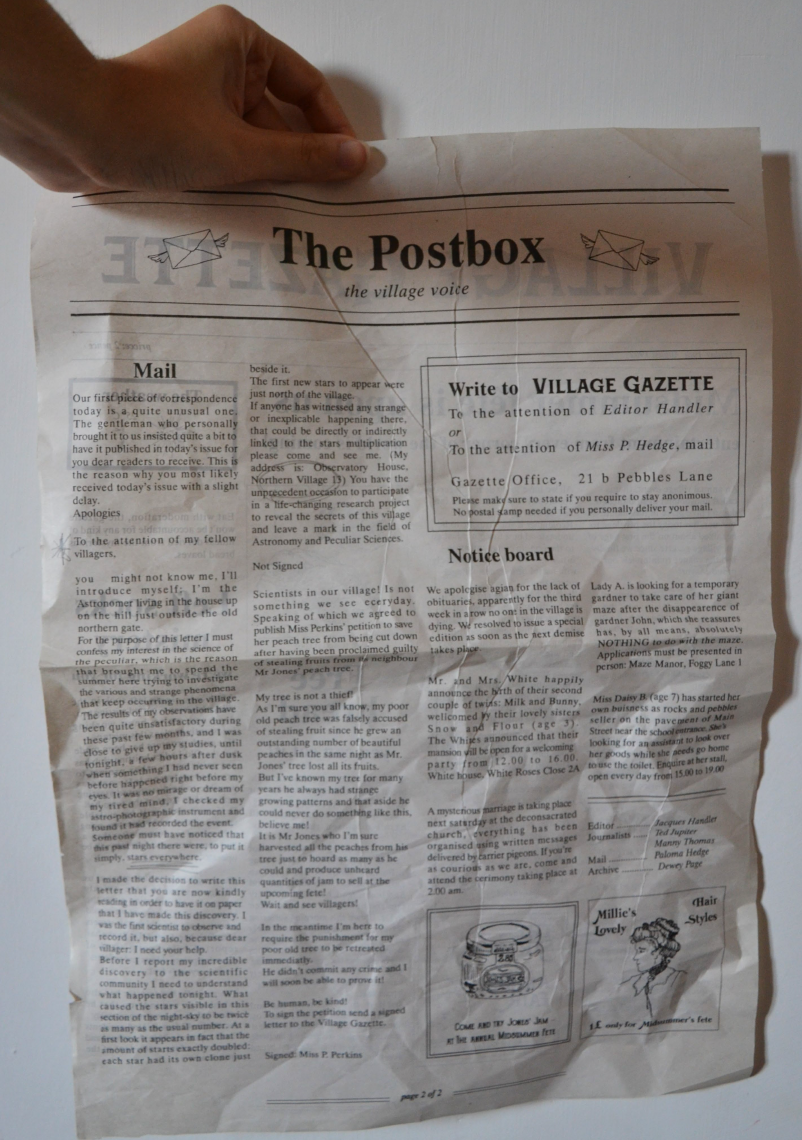


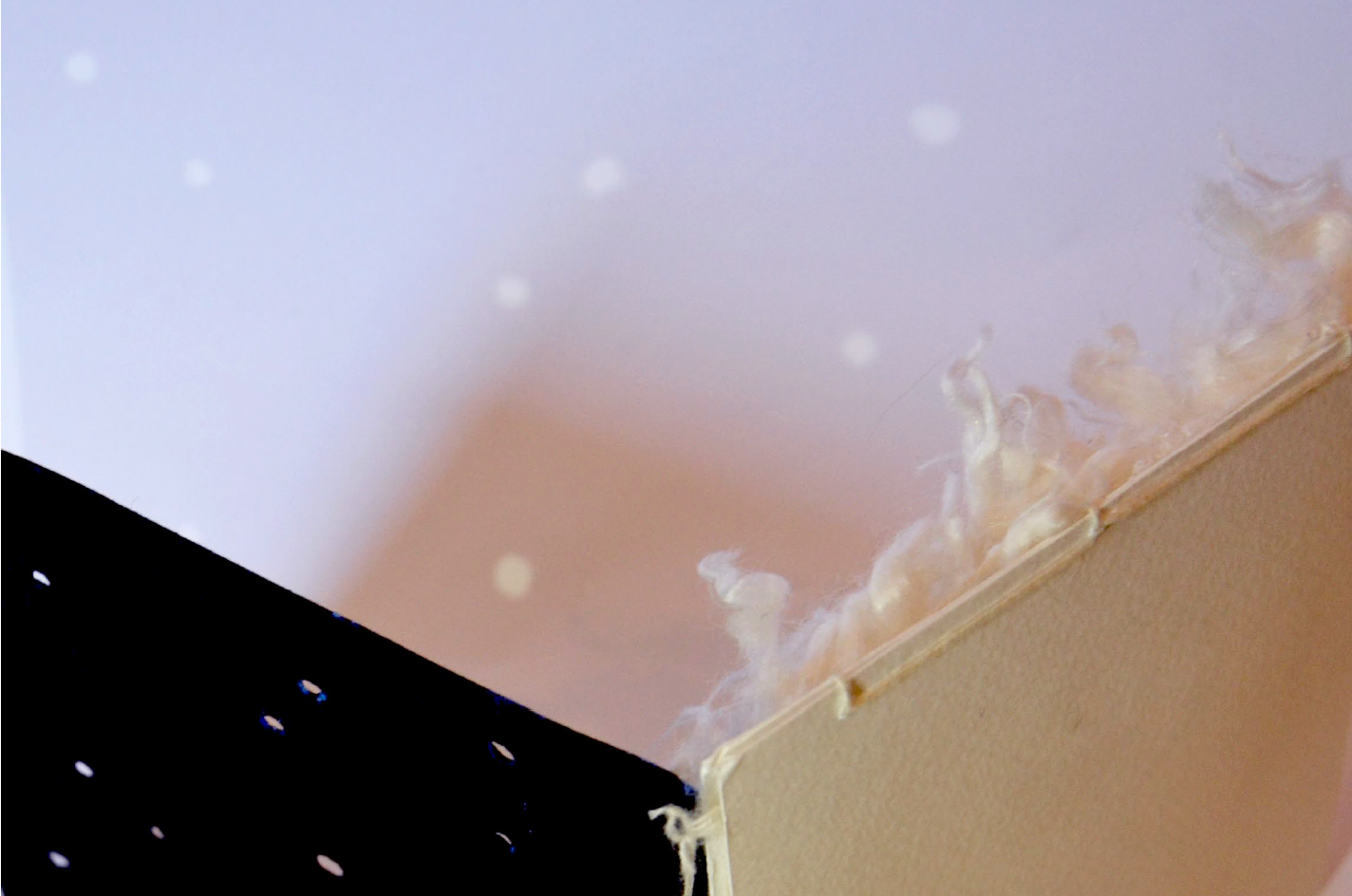
Exhibitions




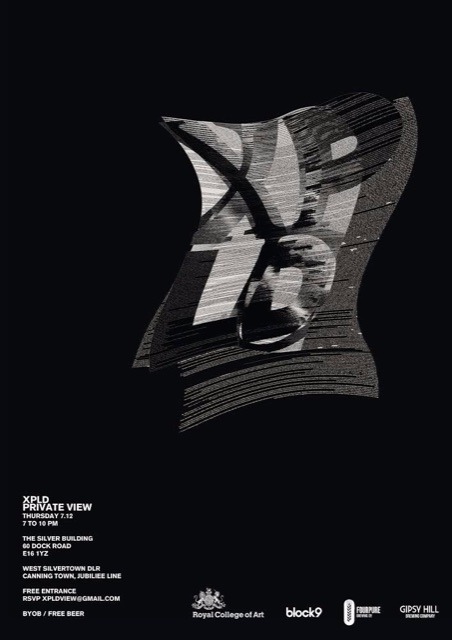
Exhibitions